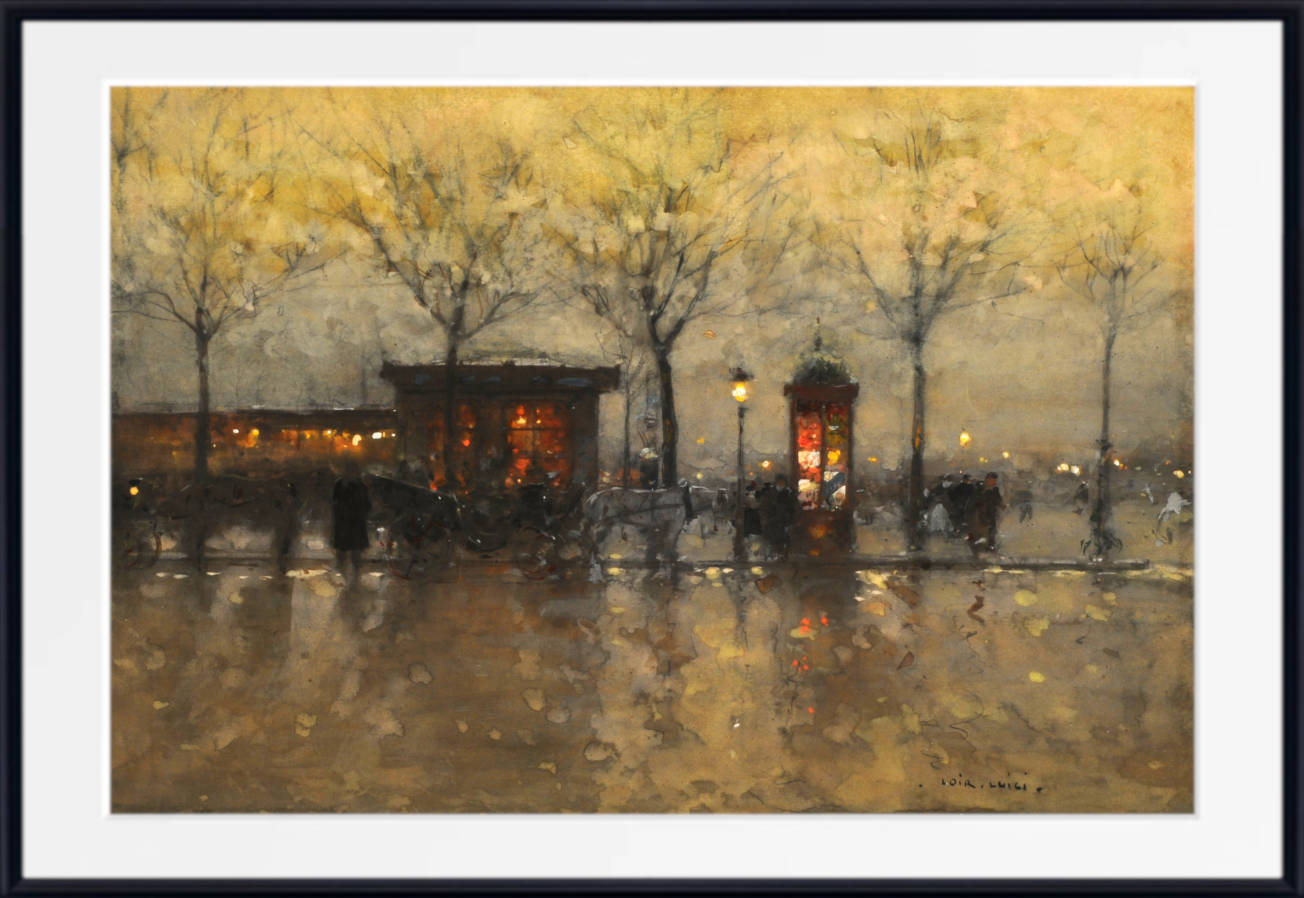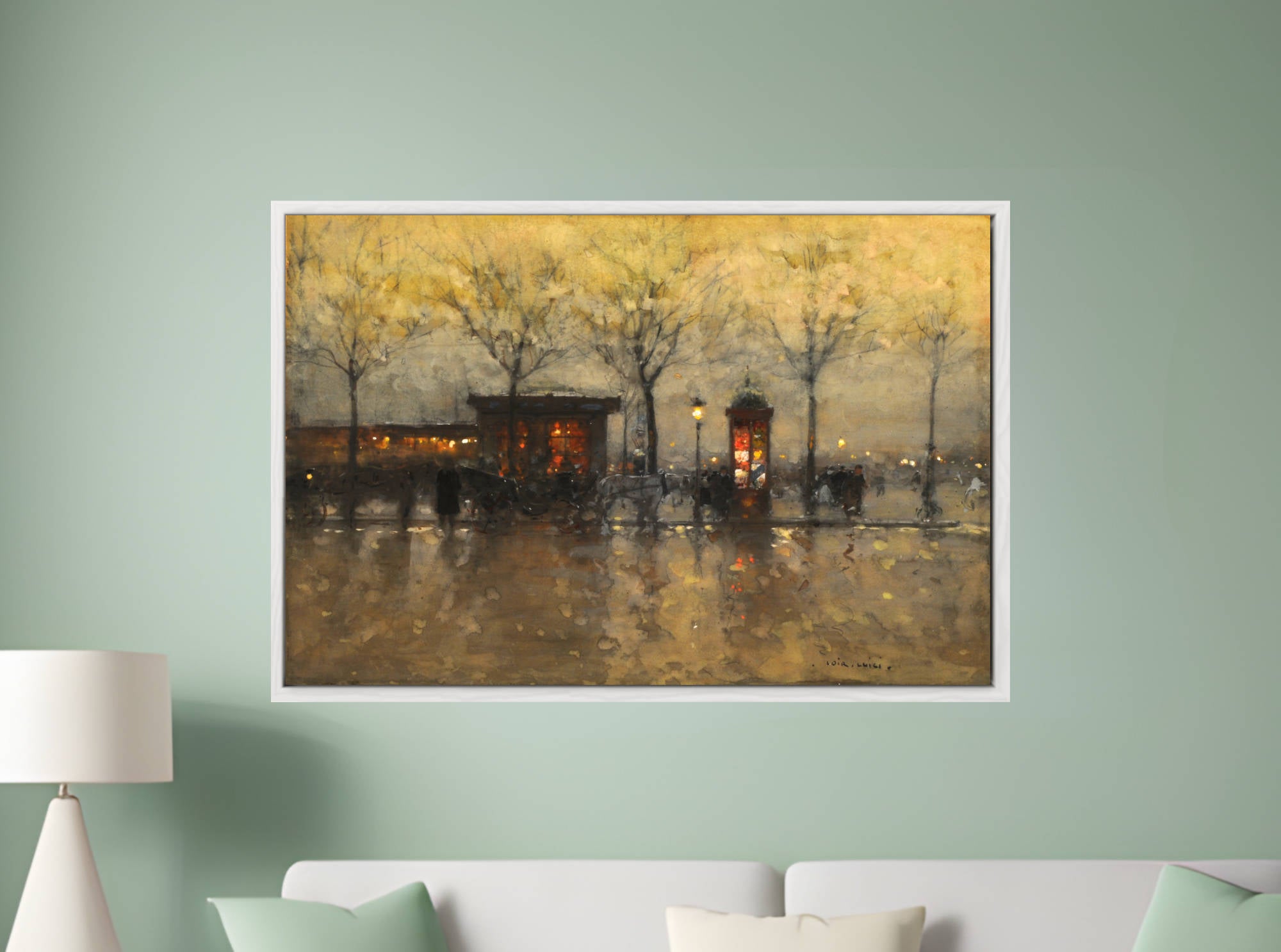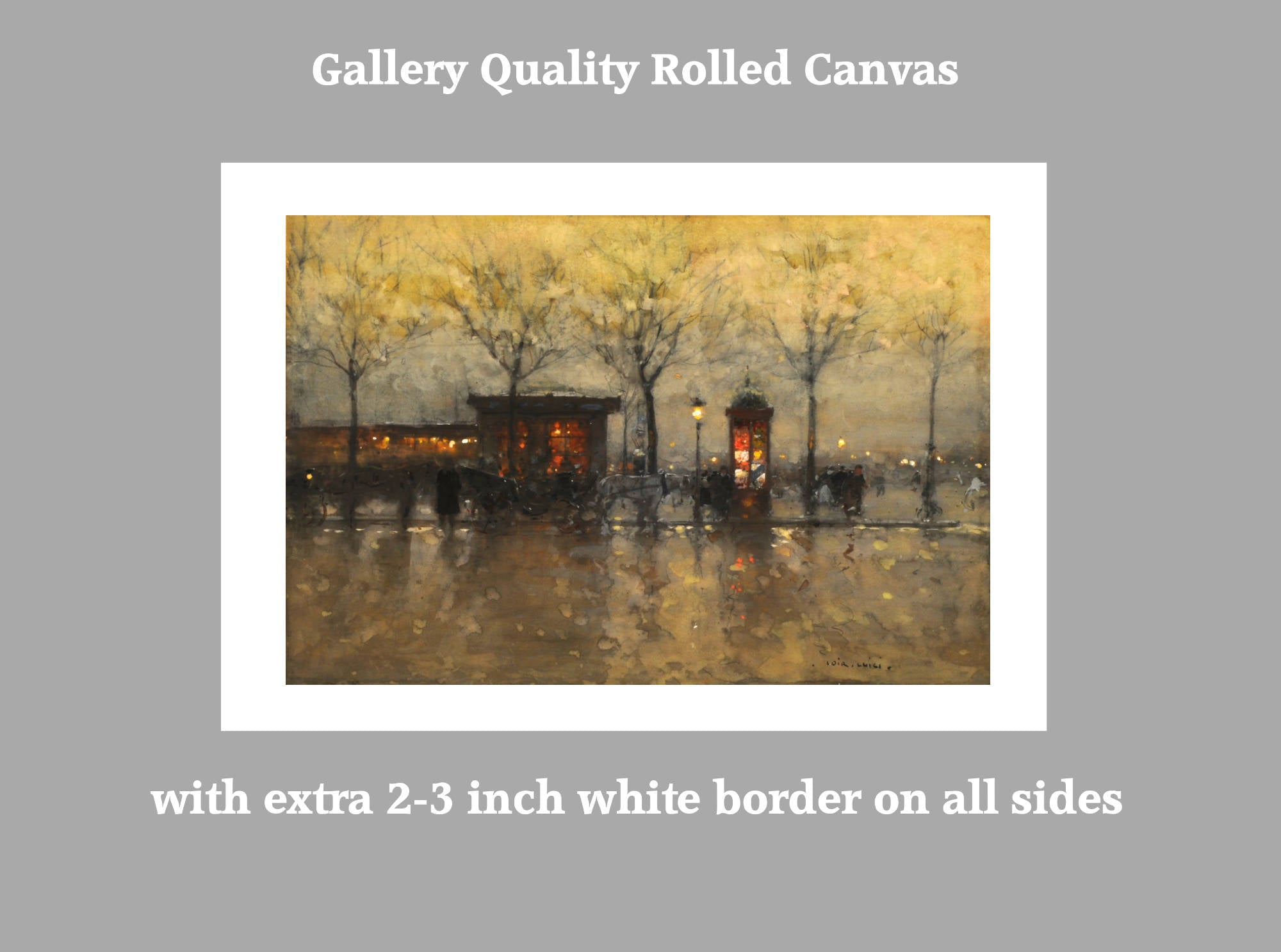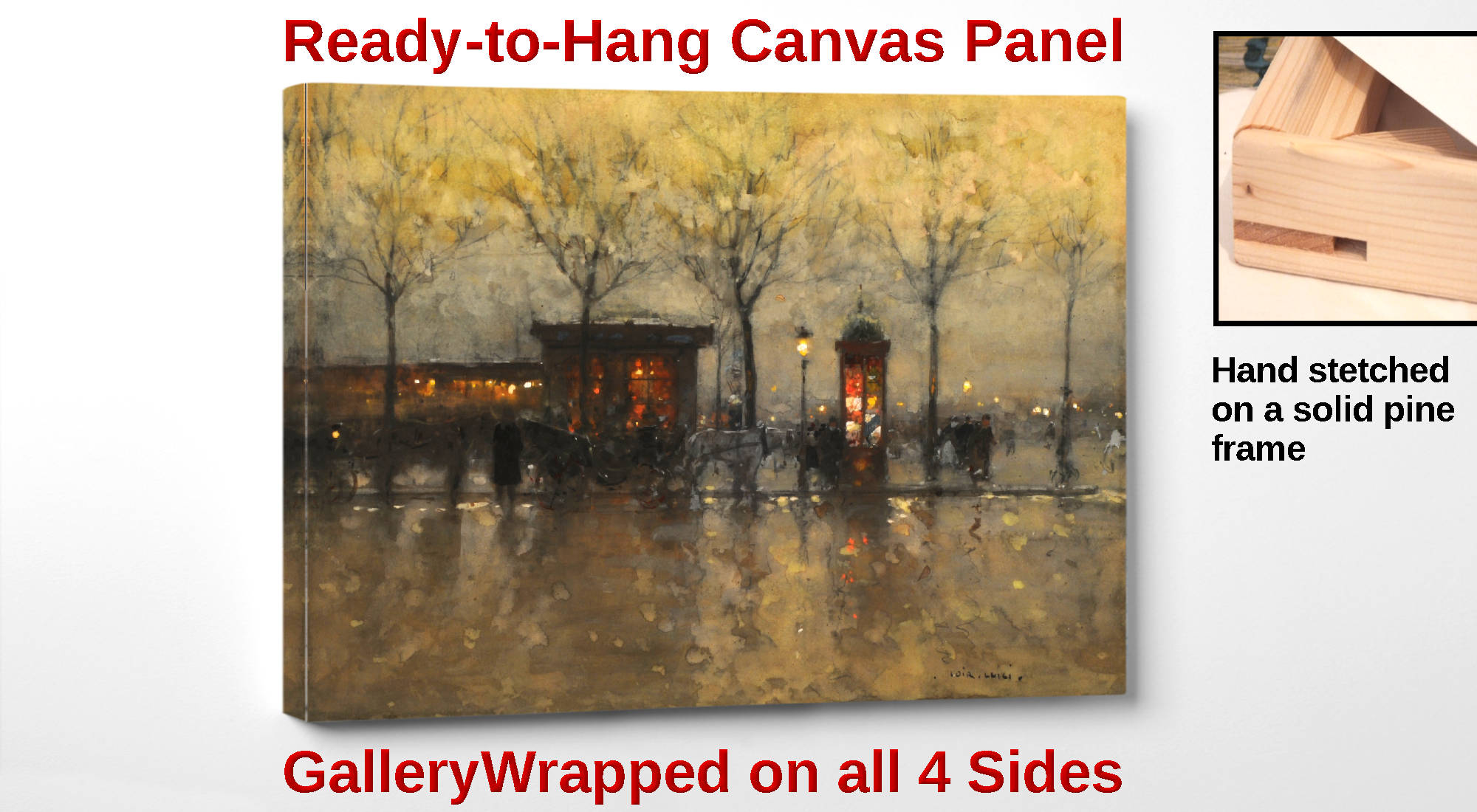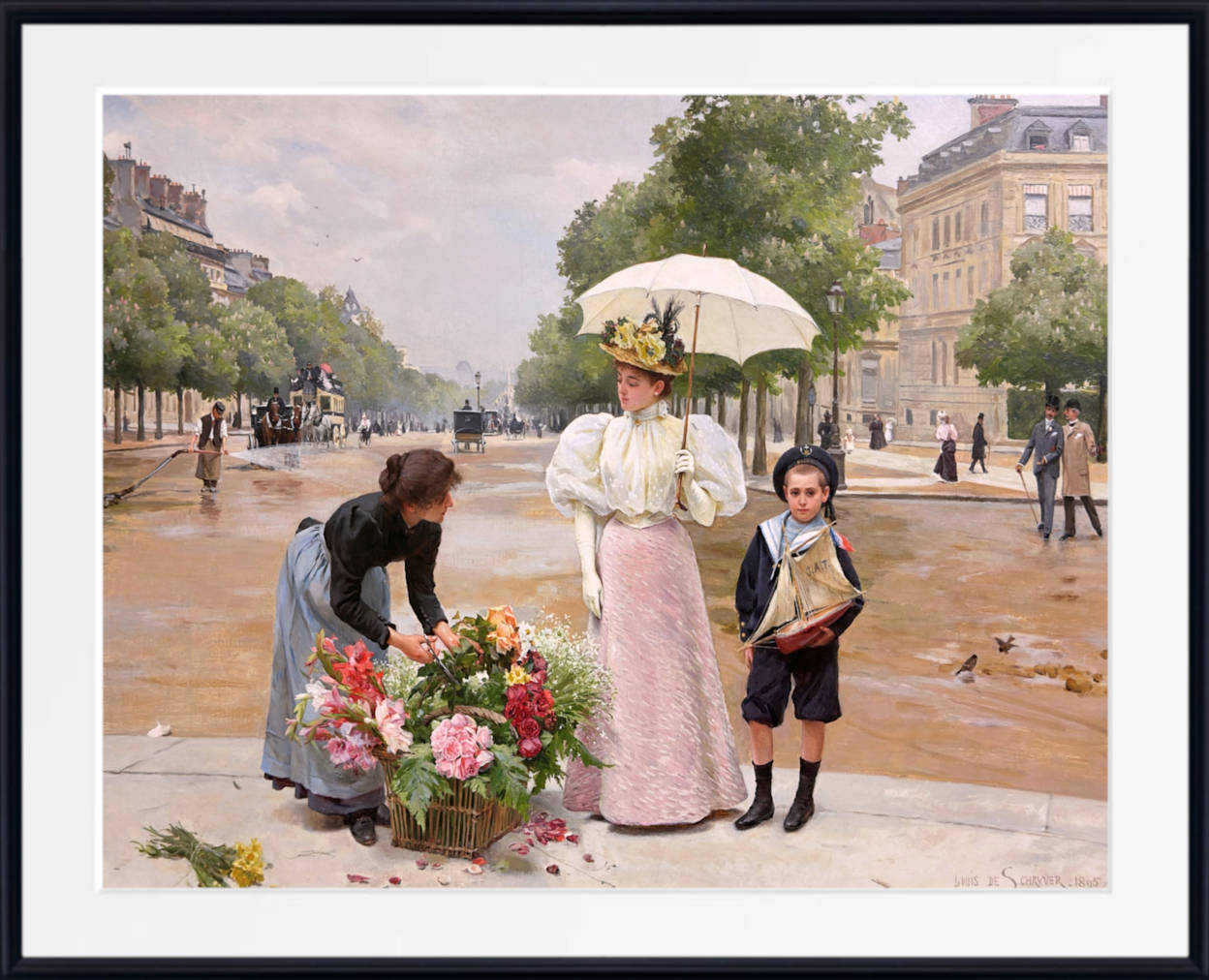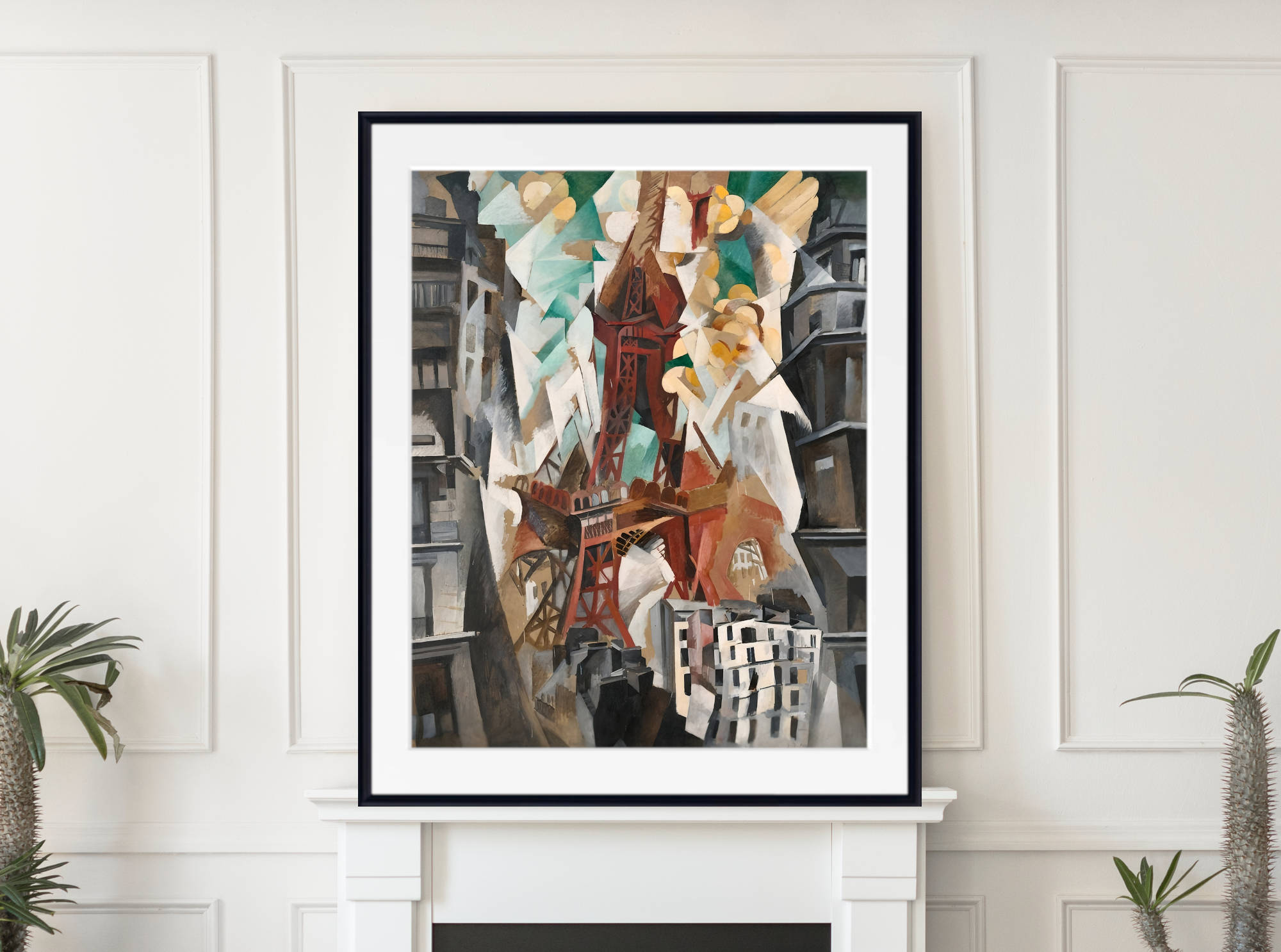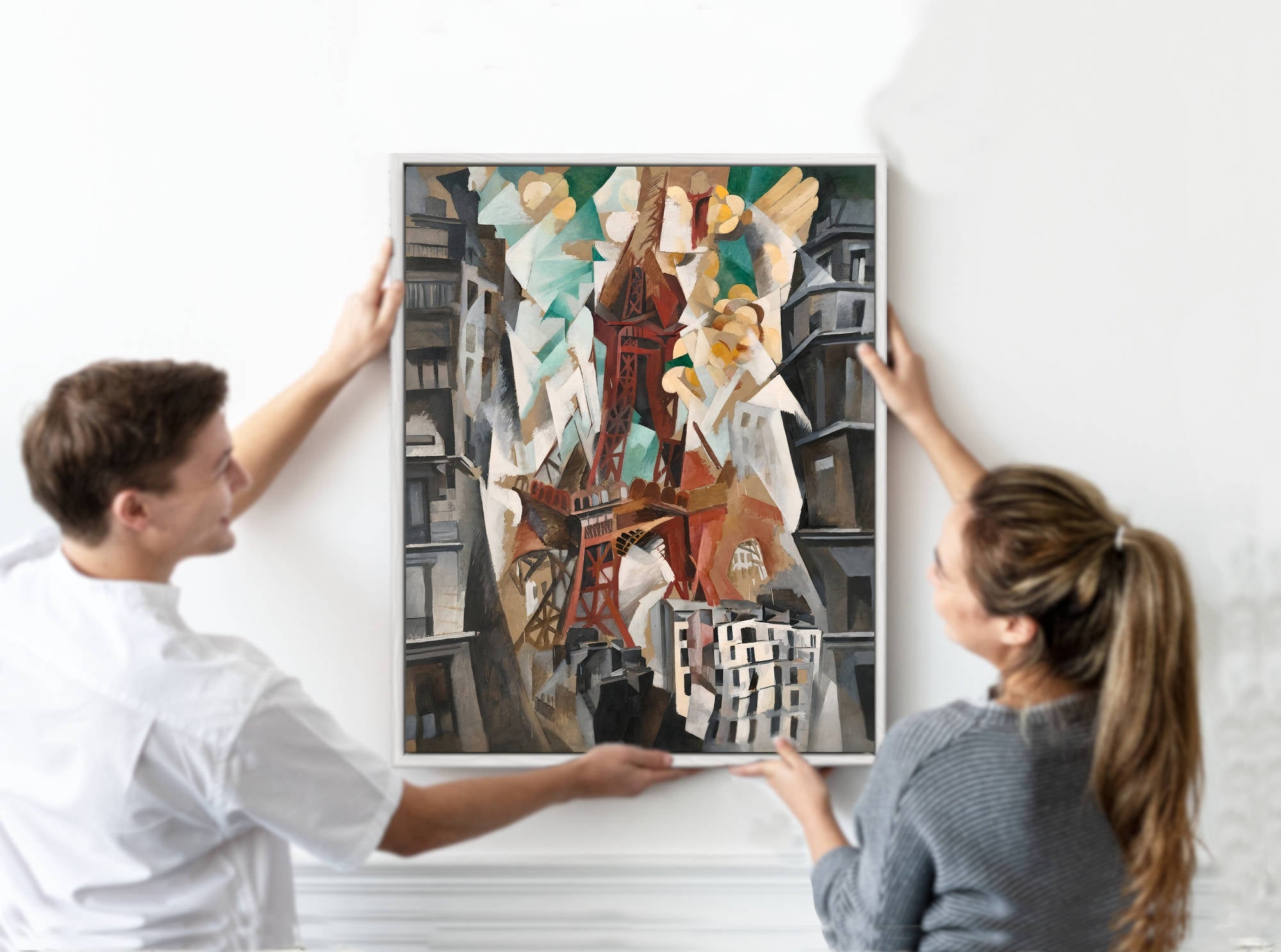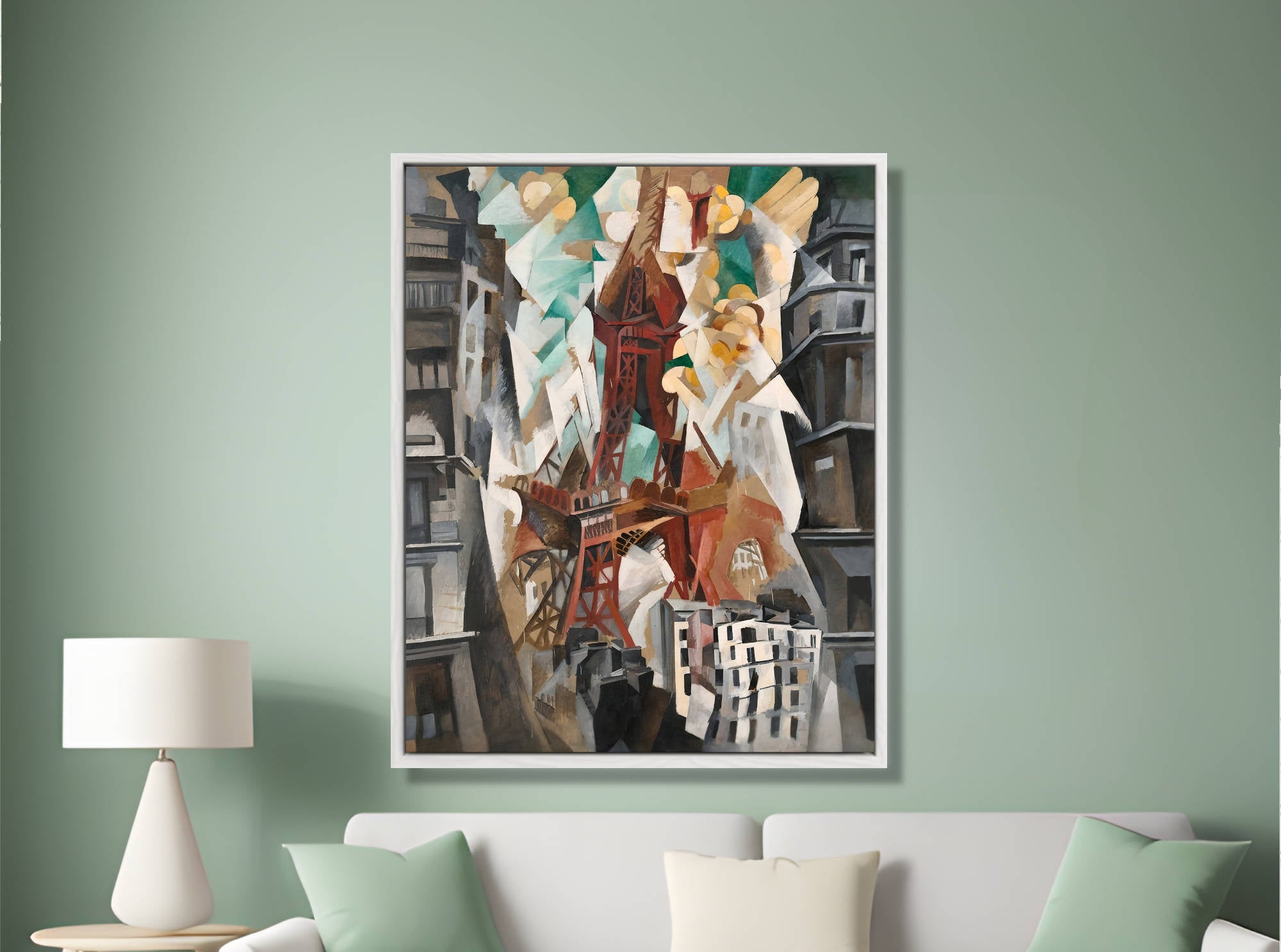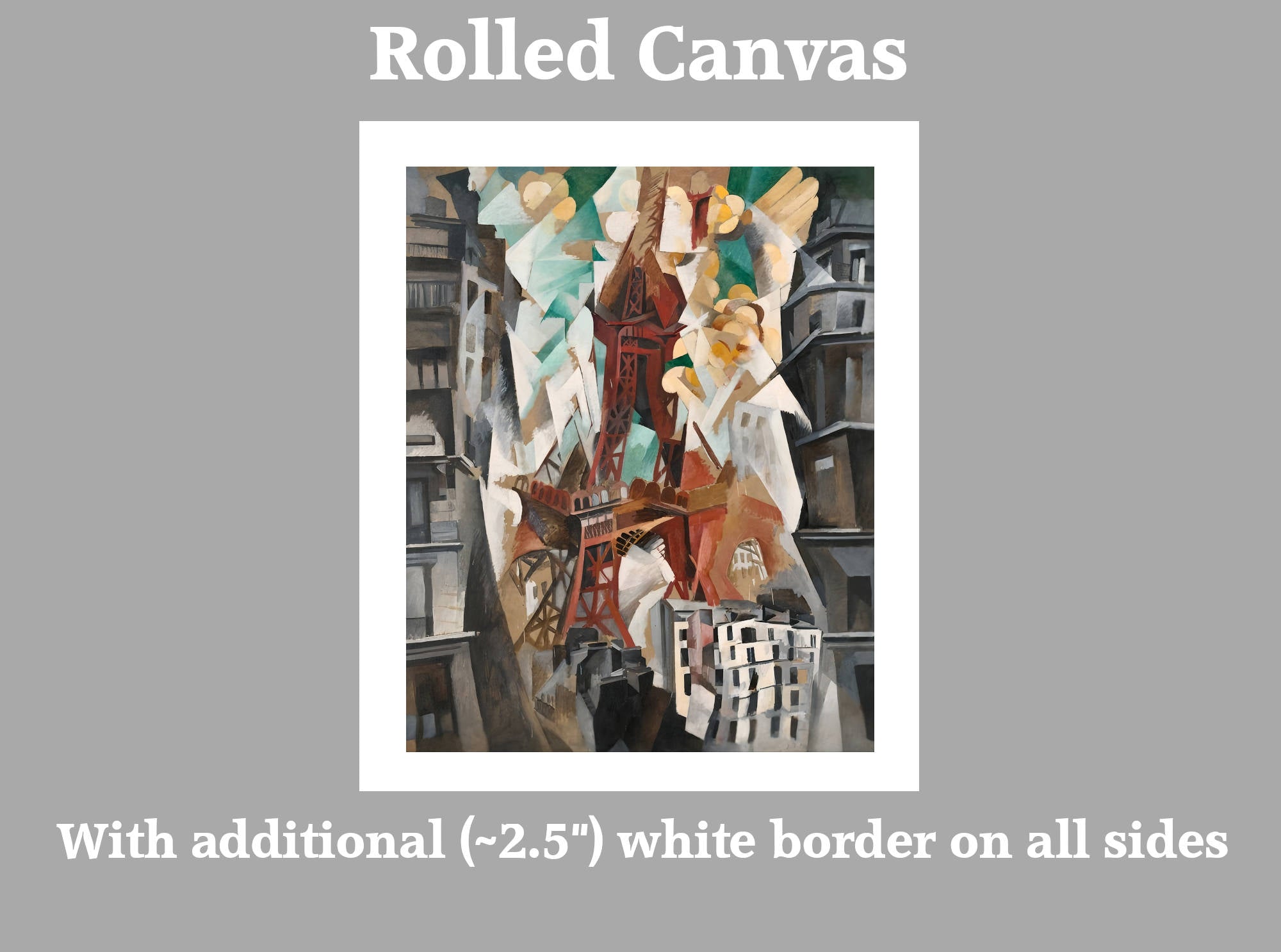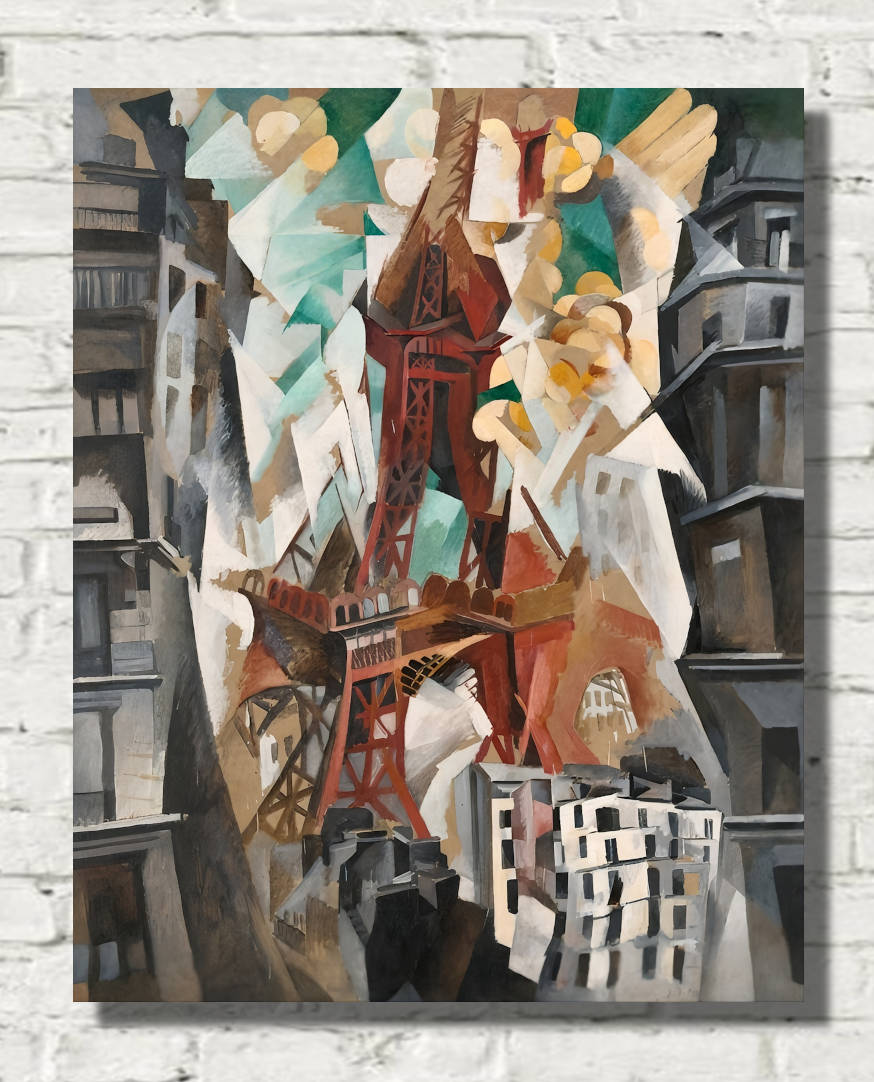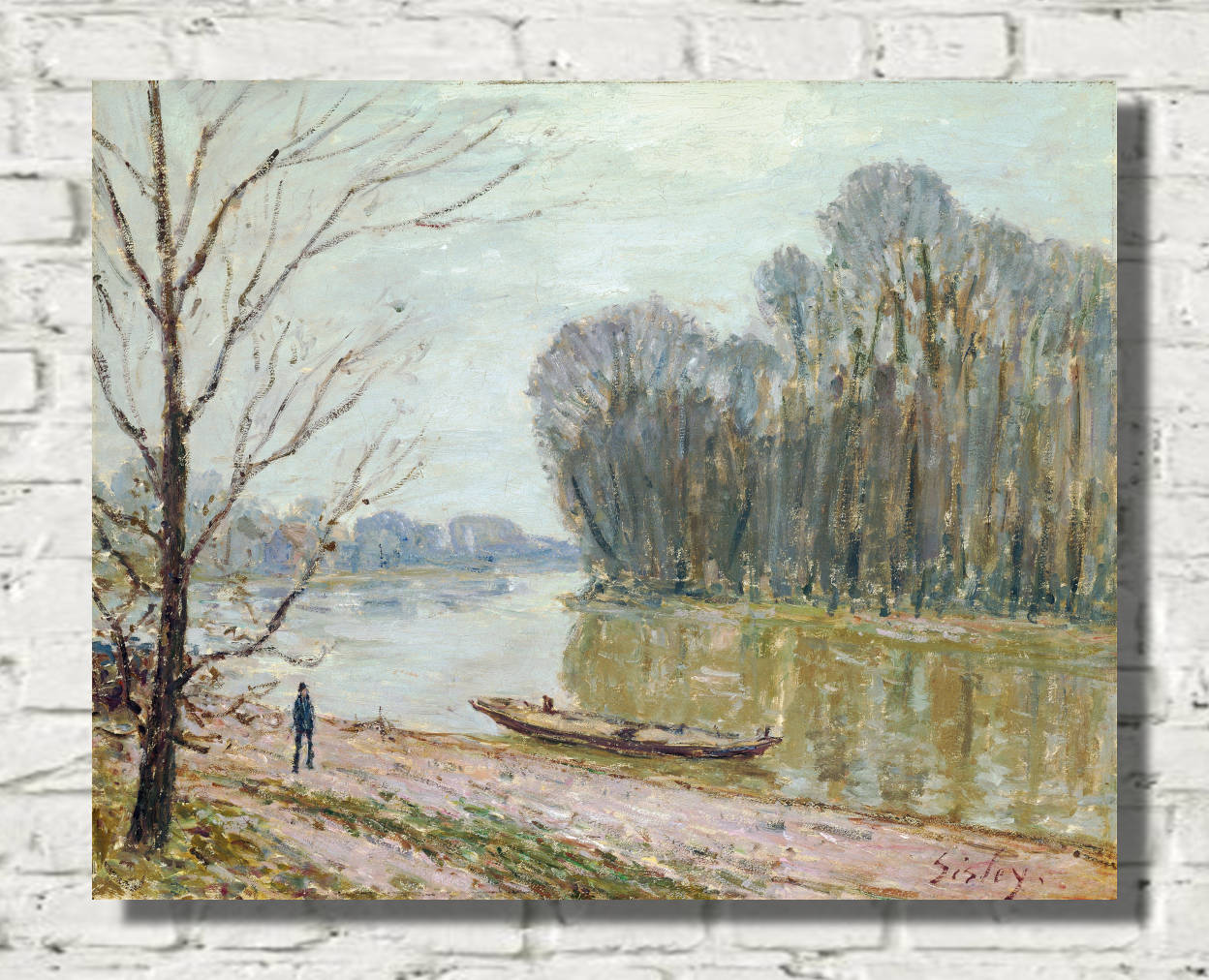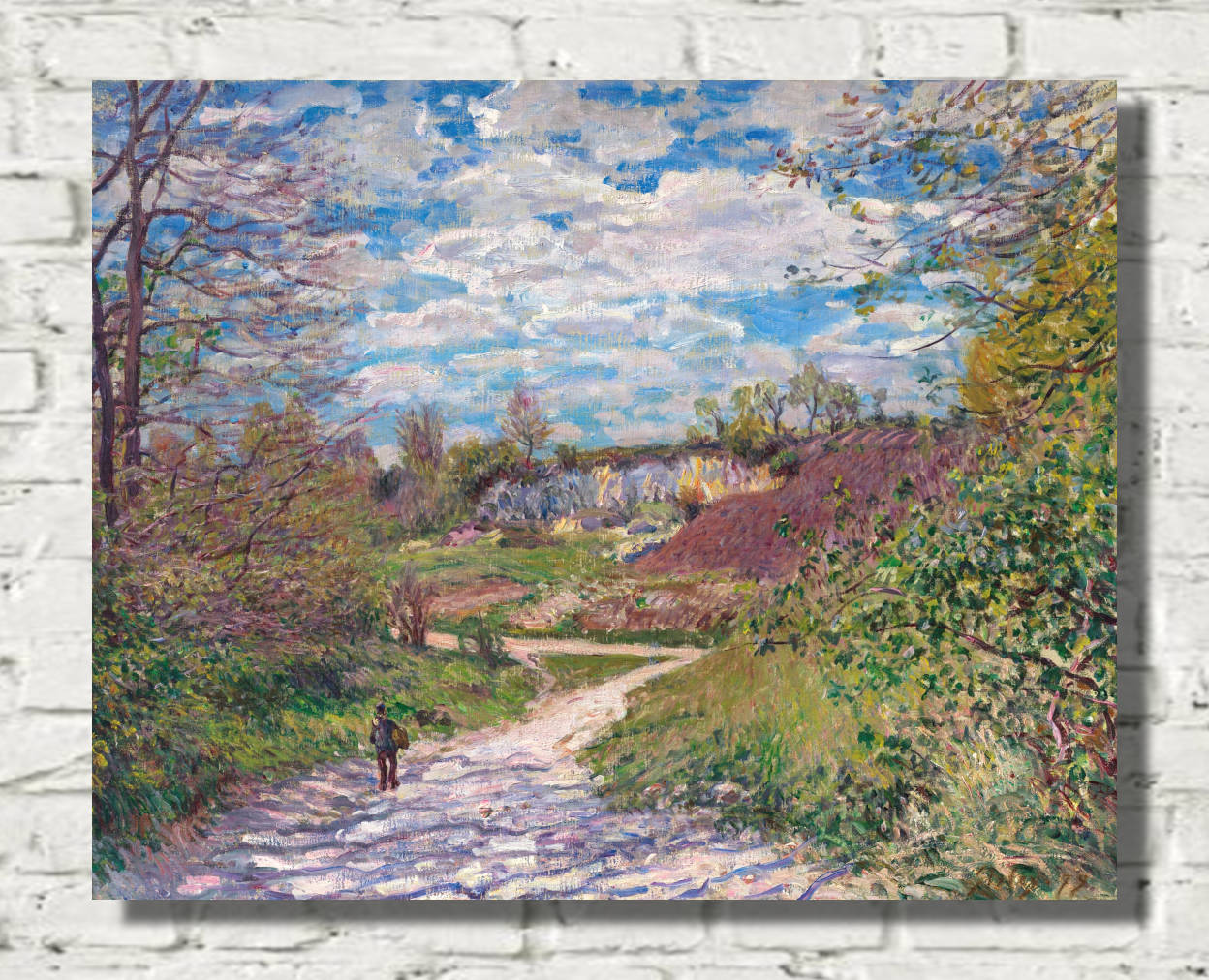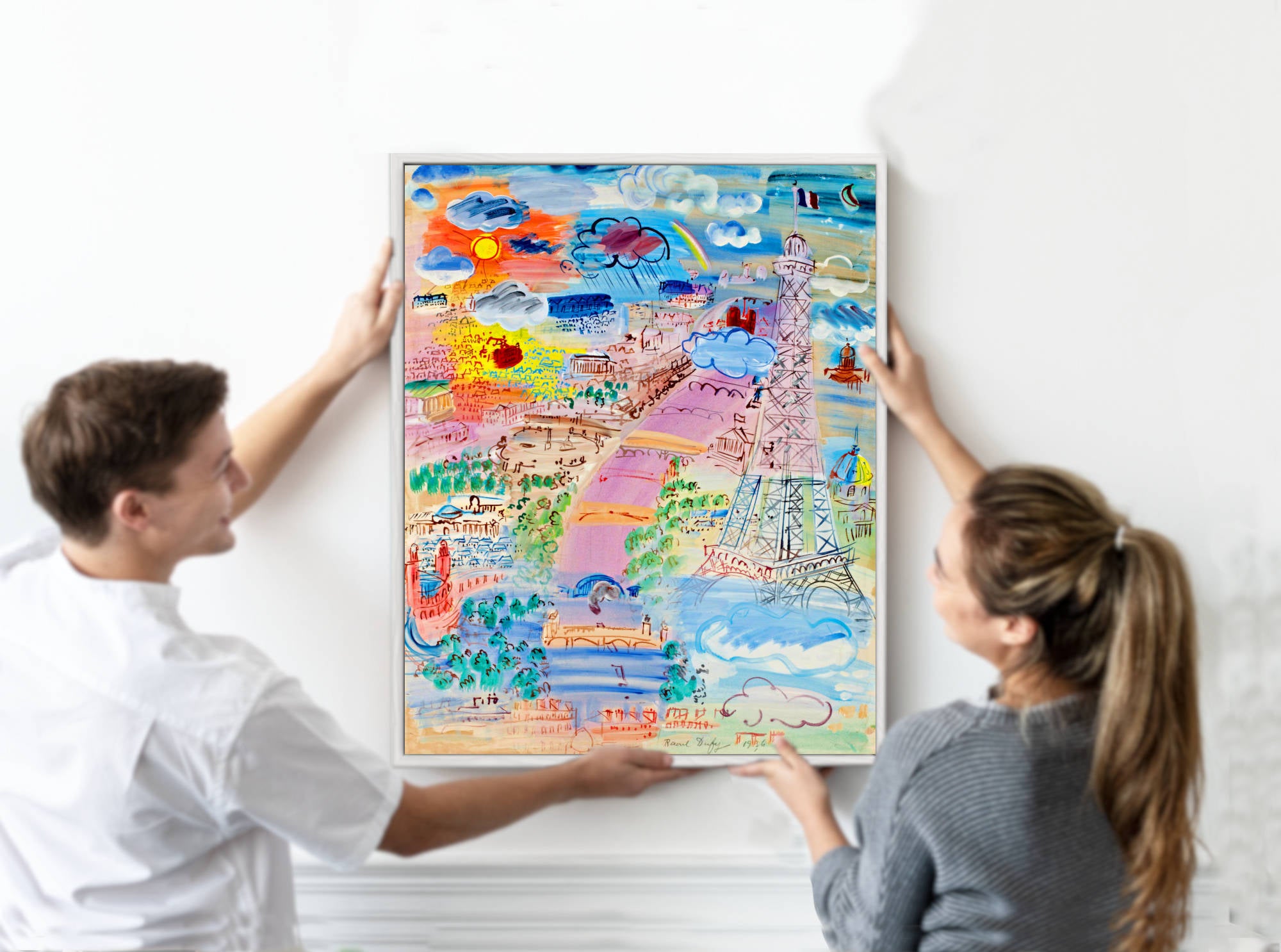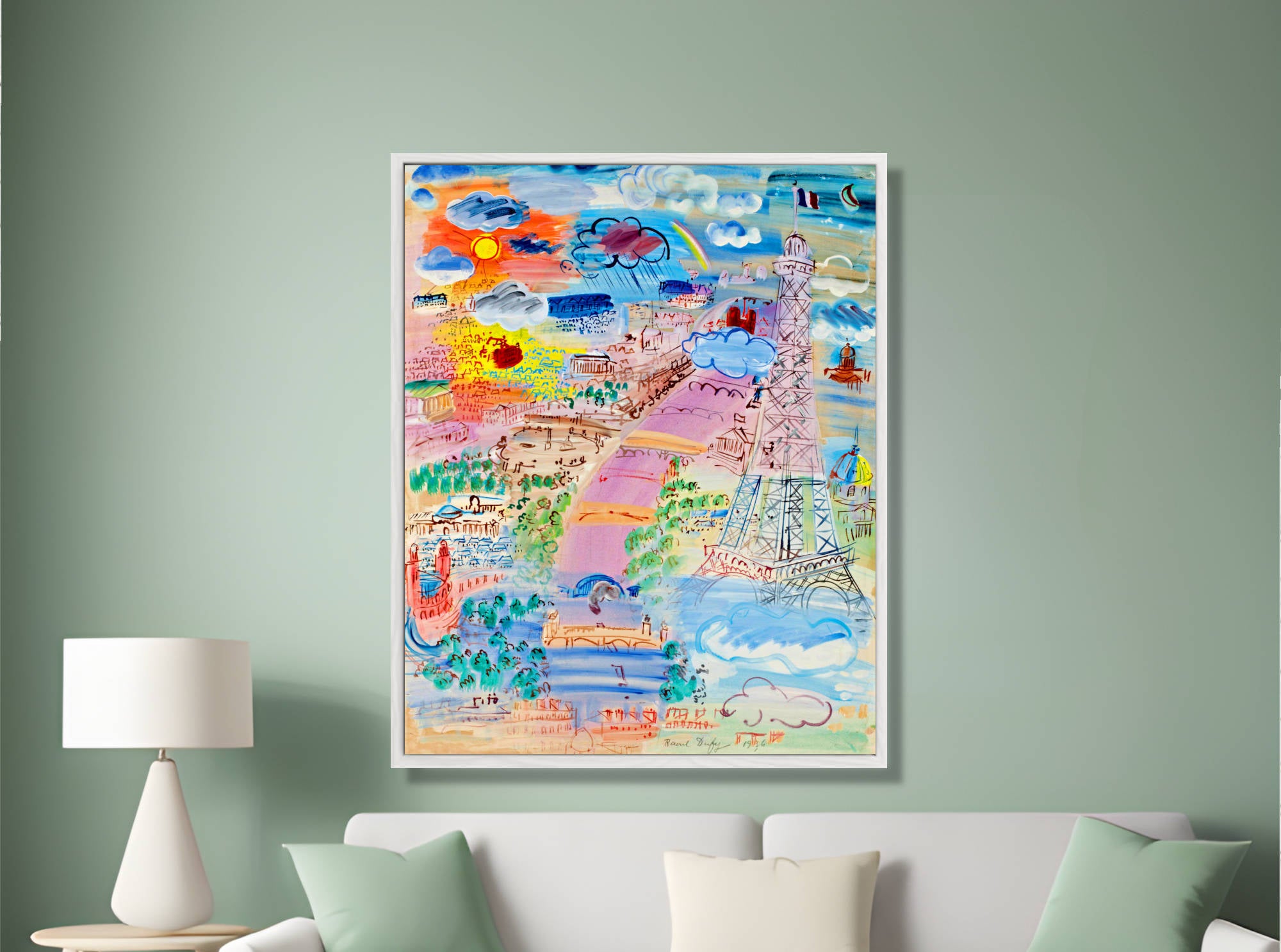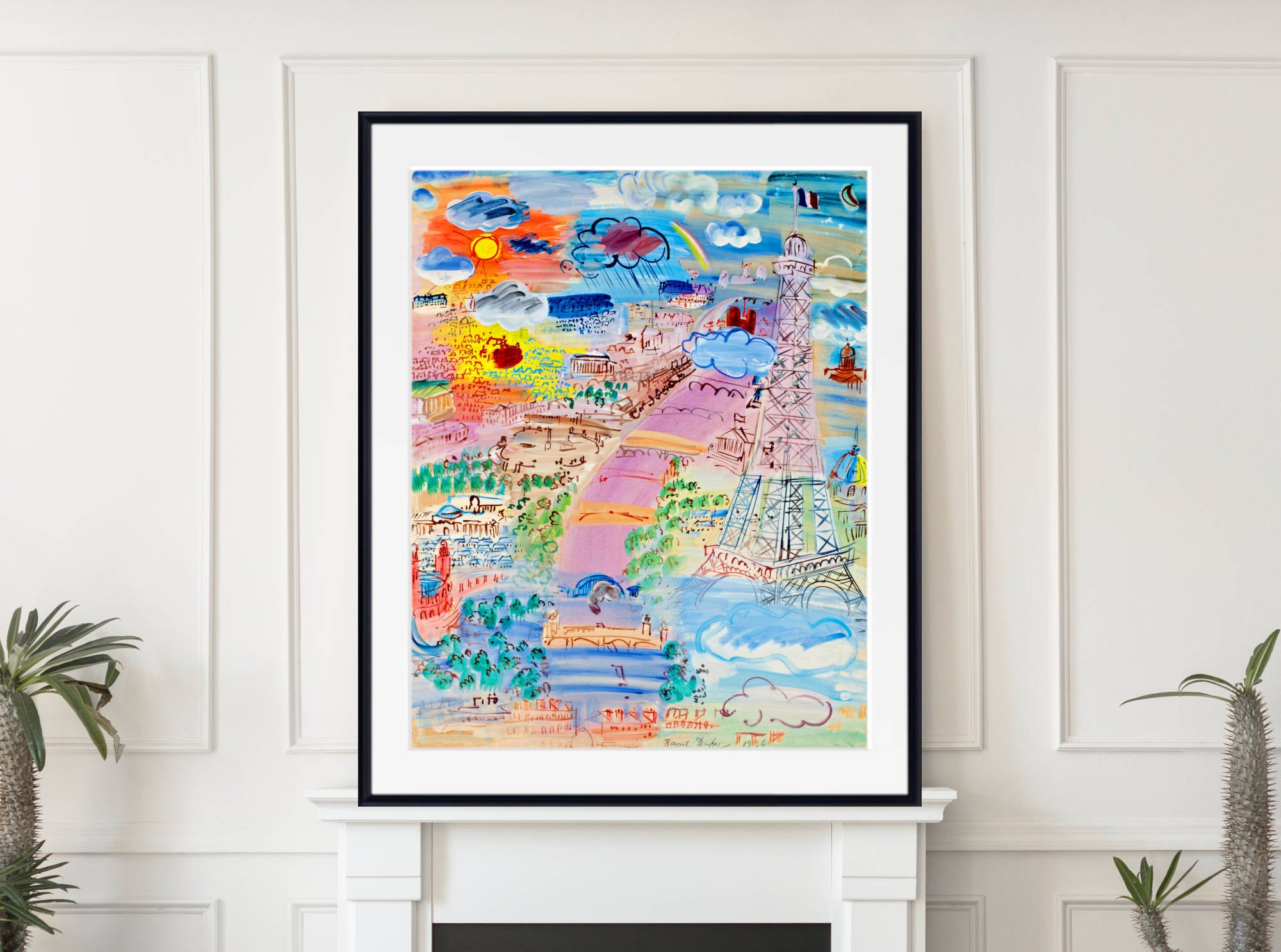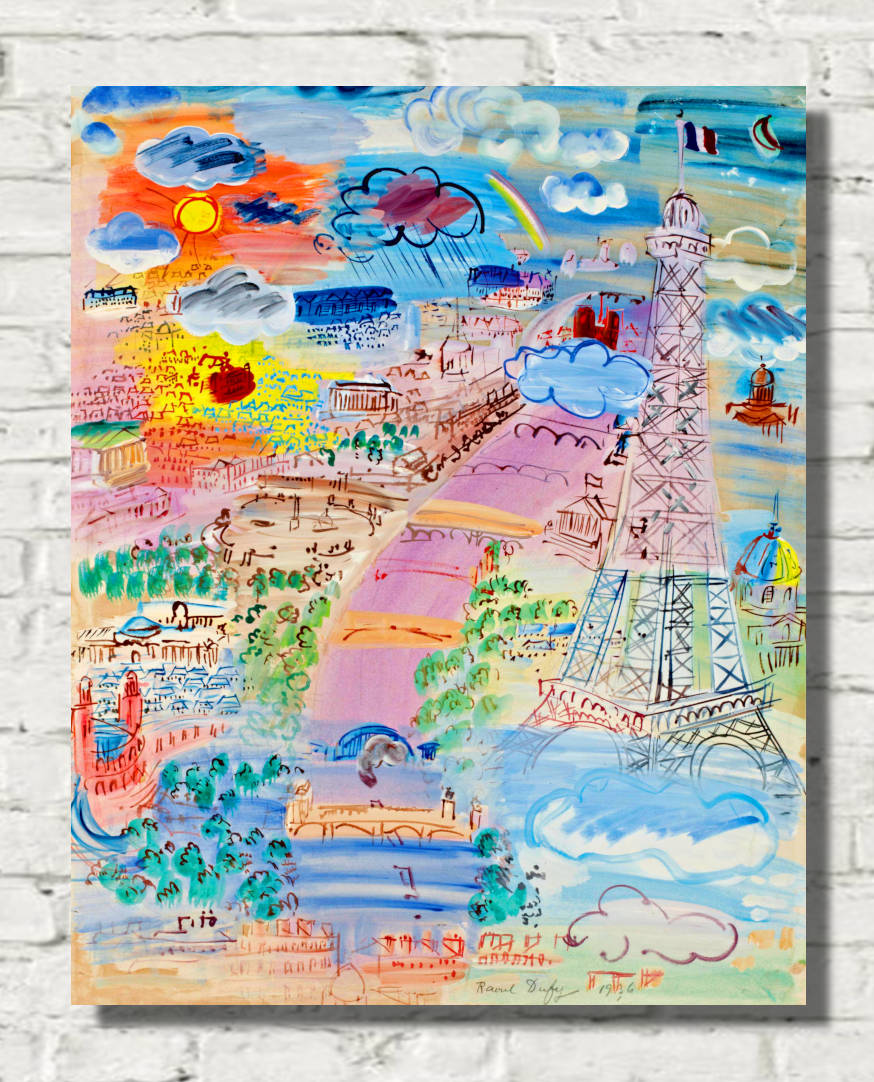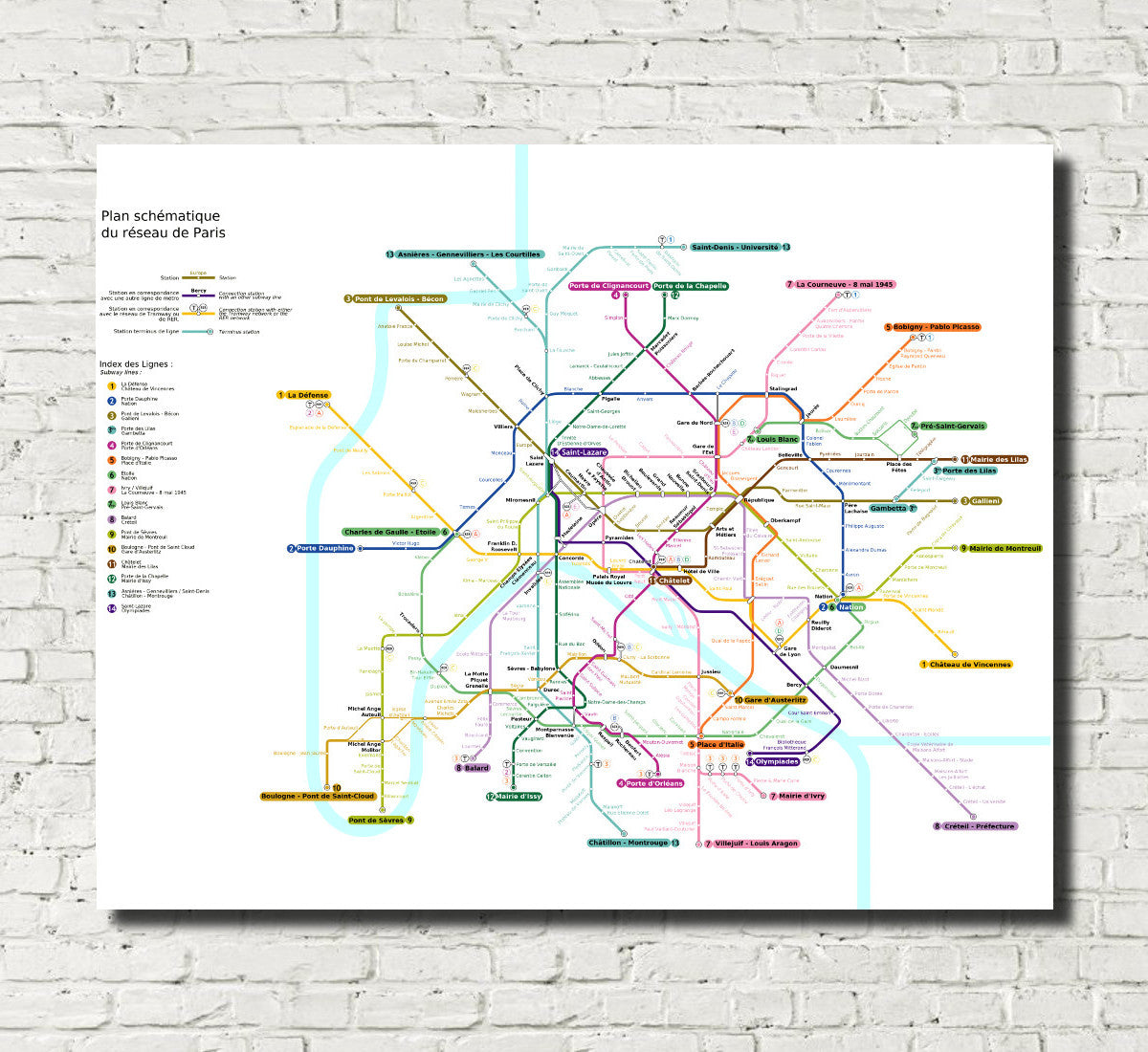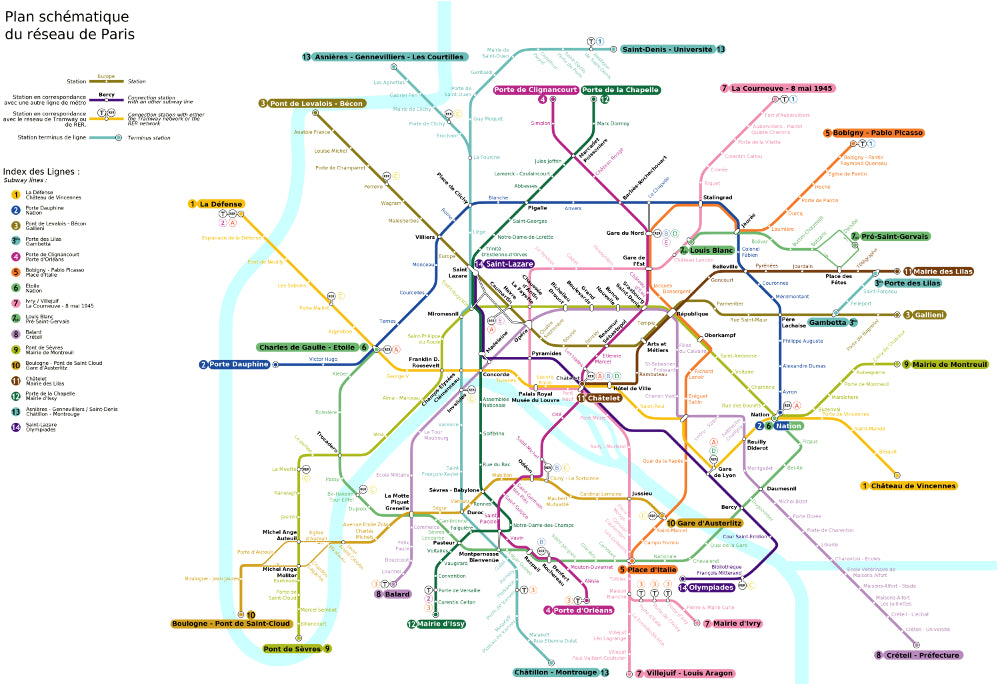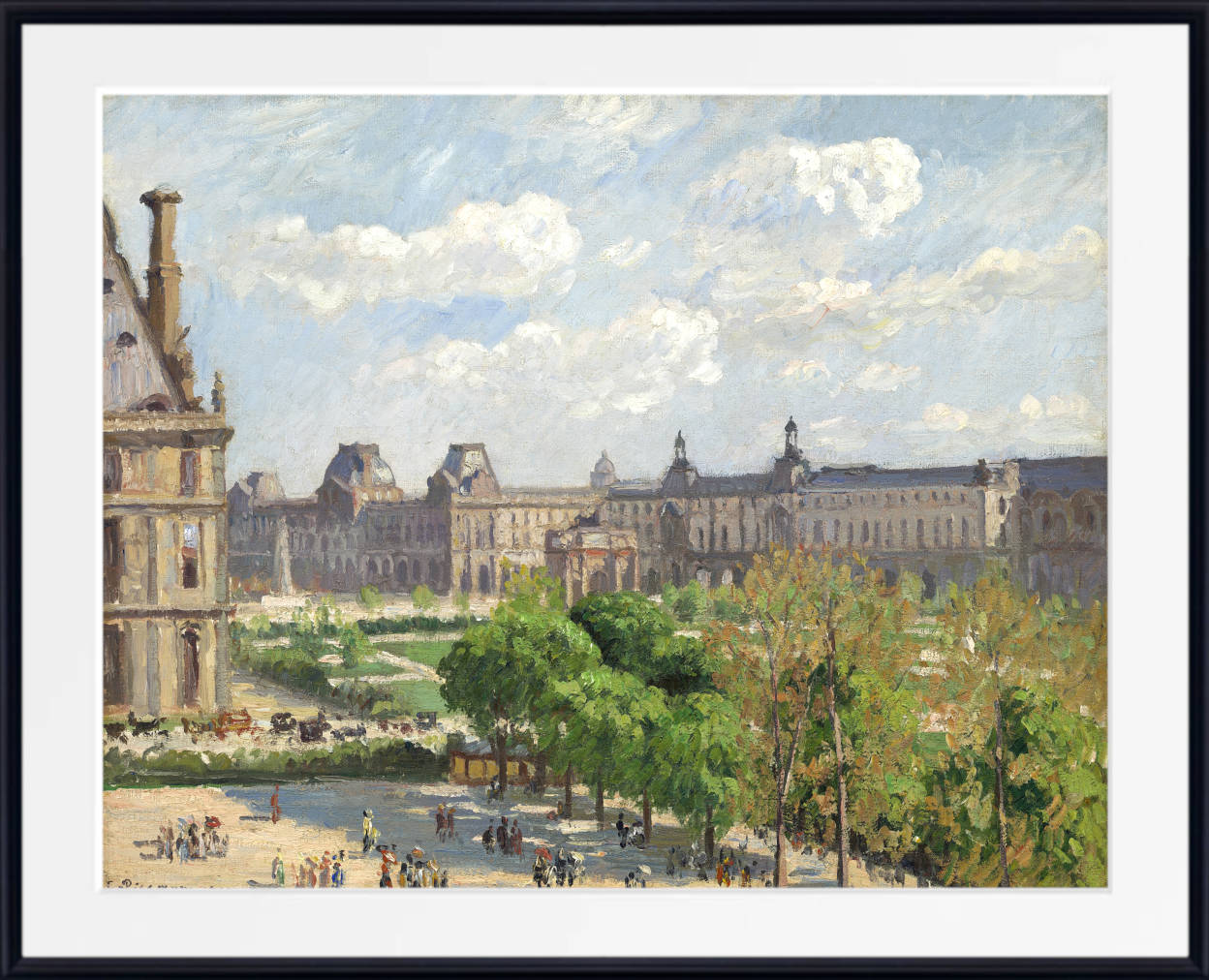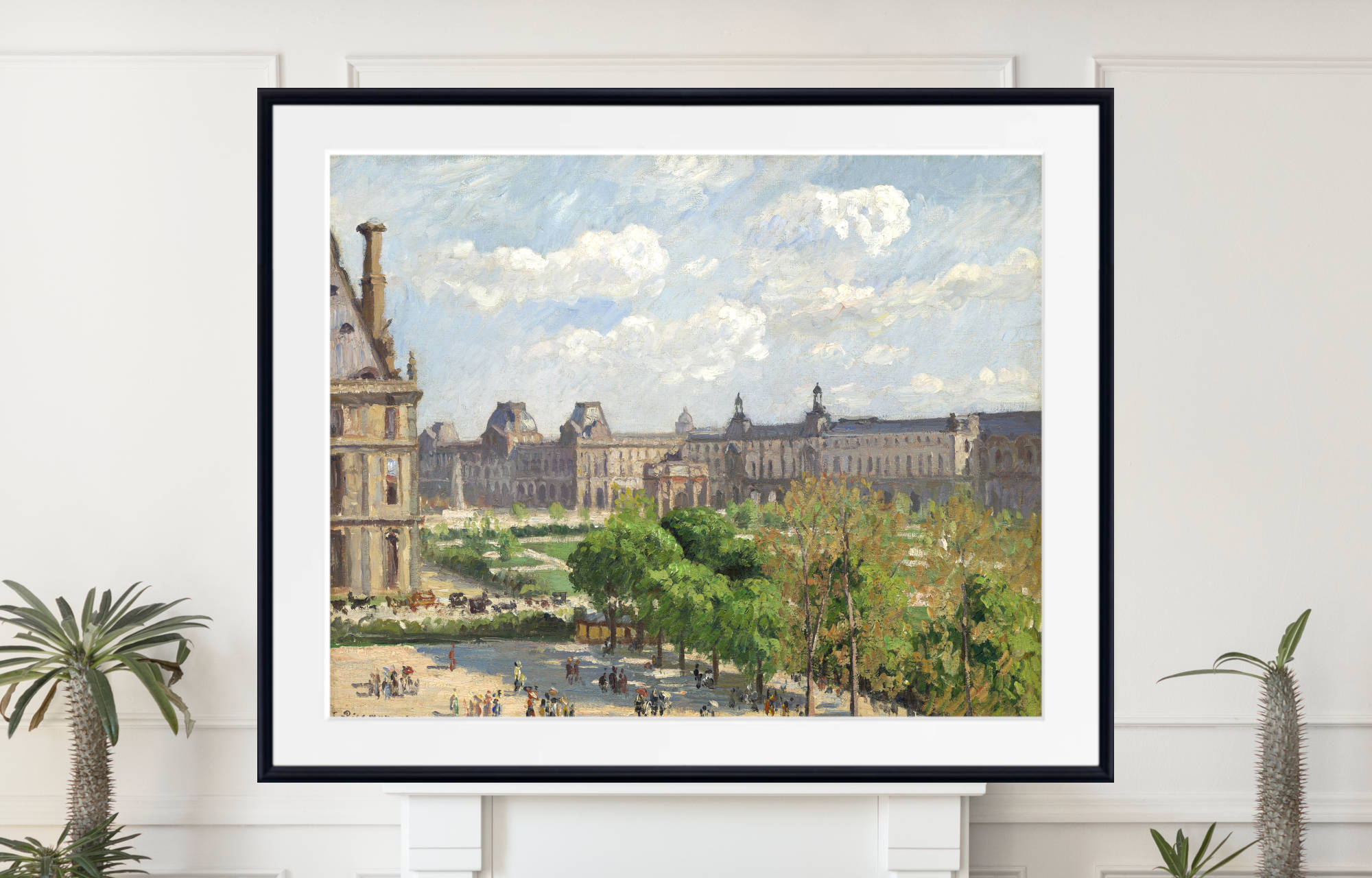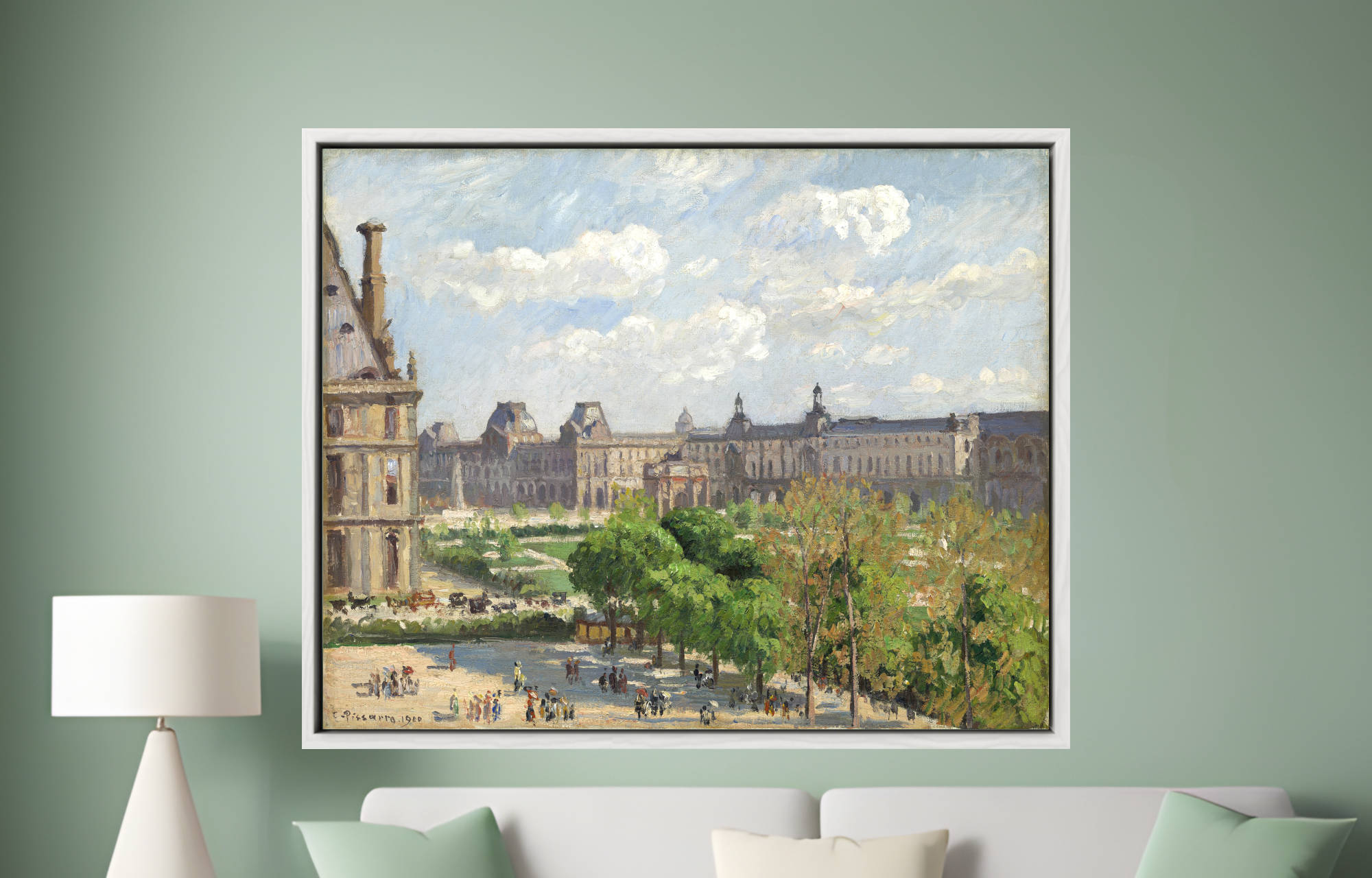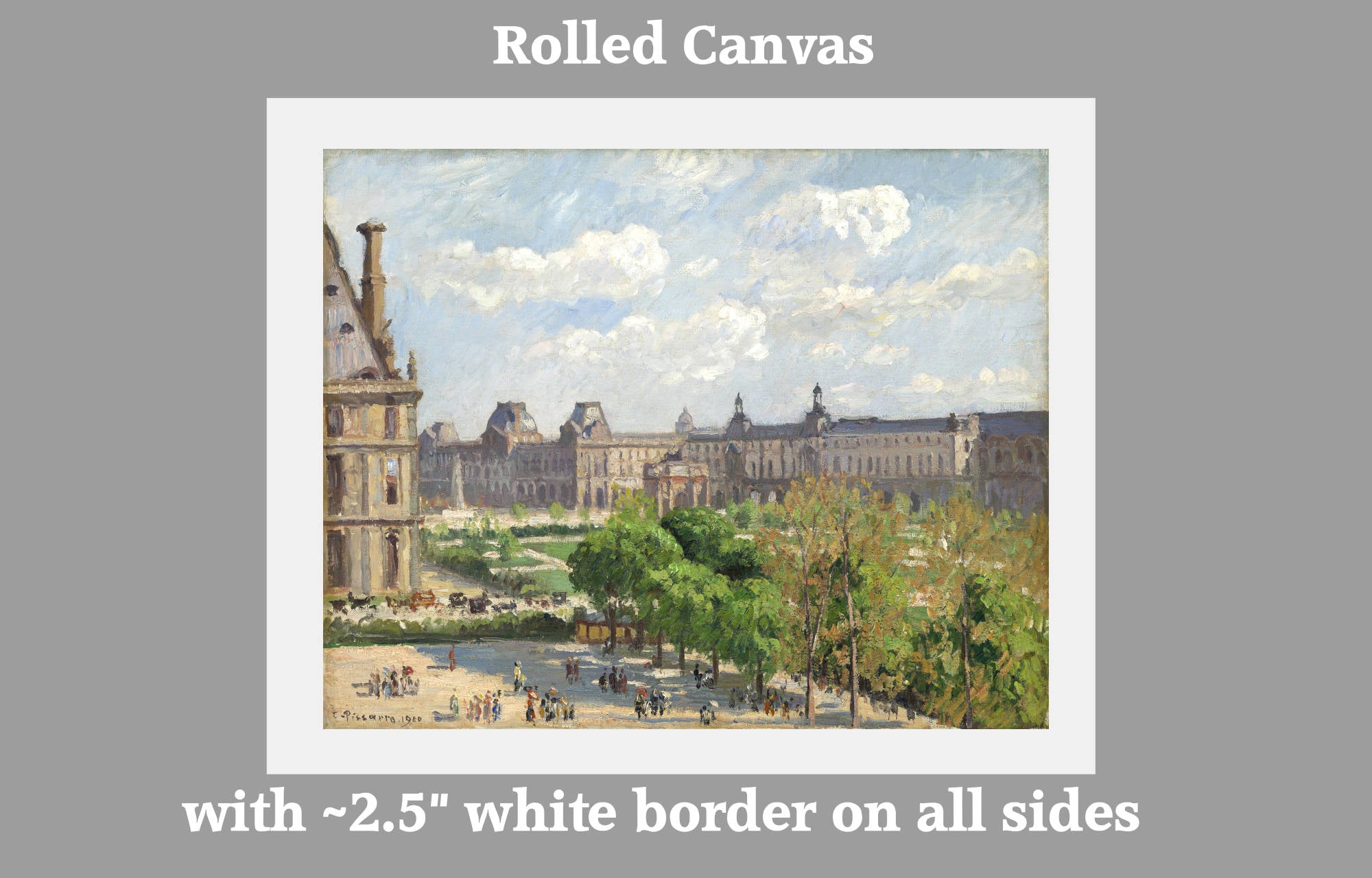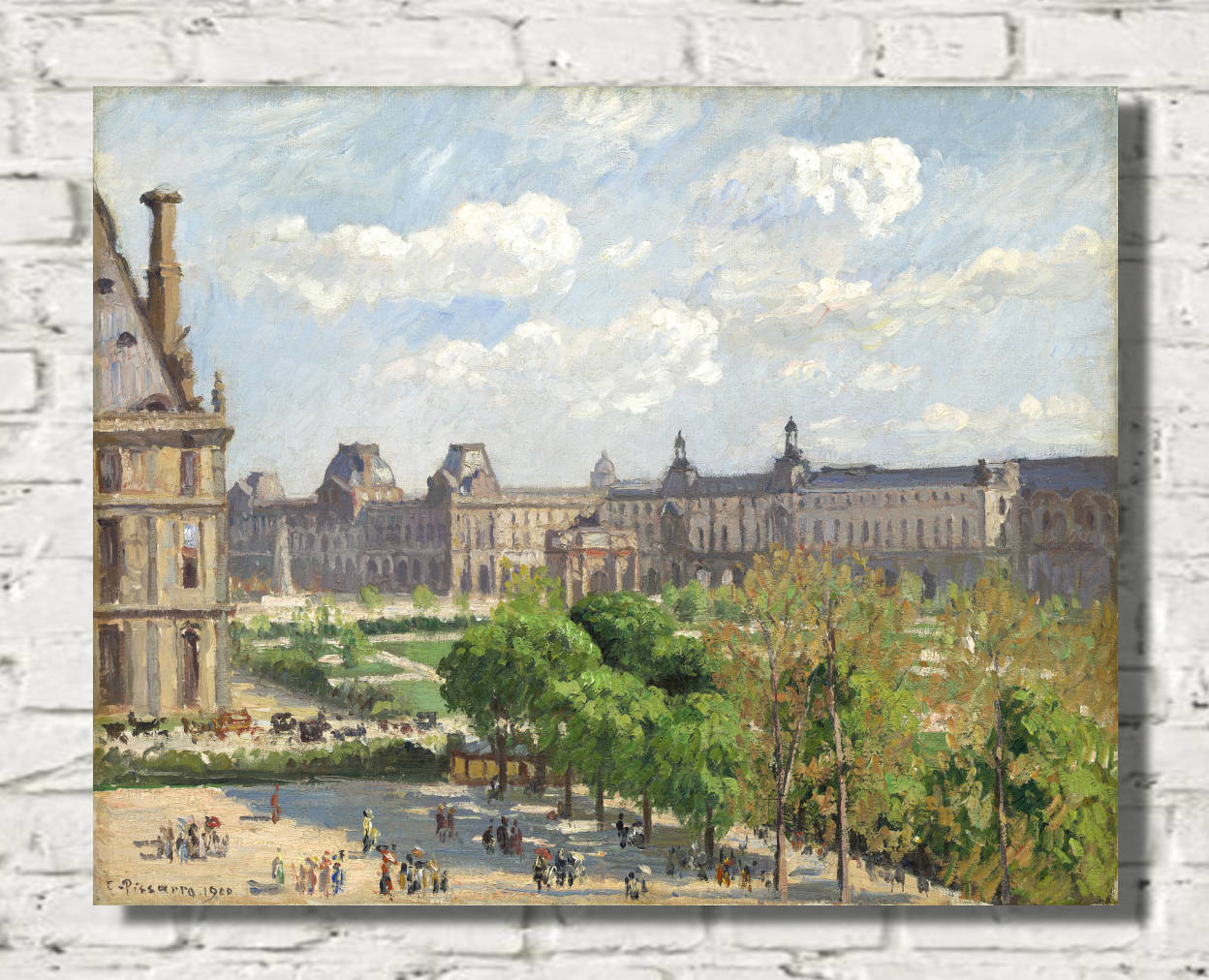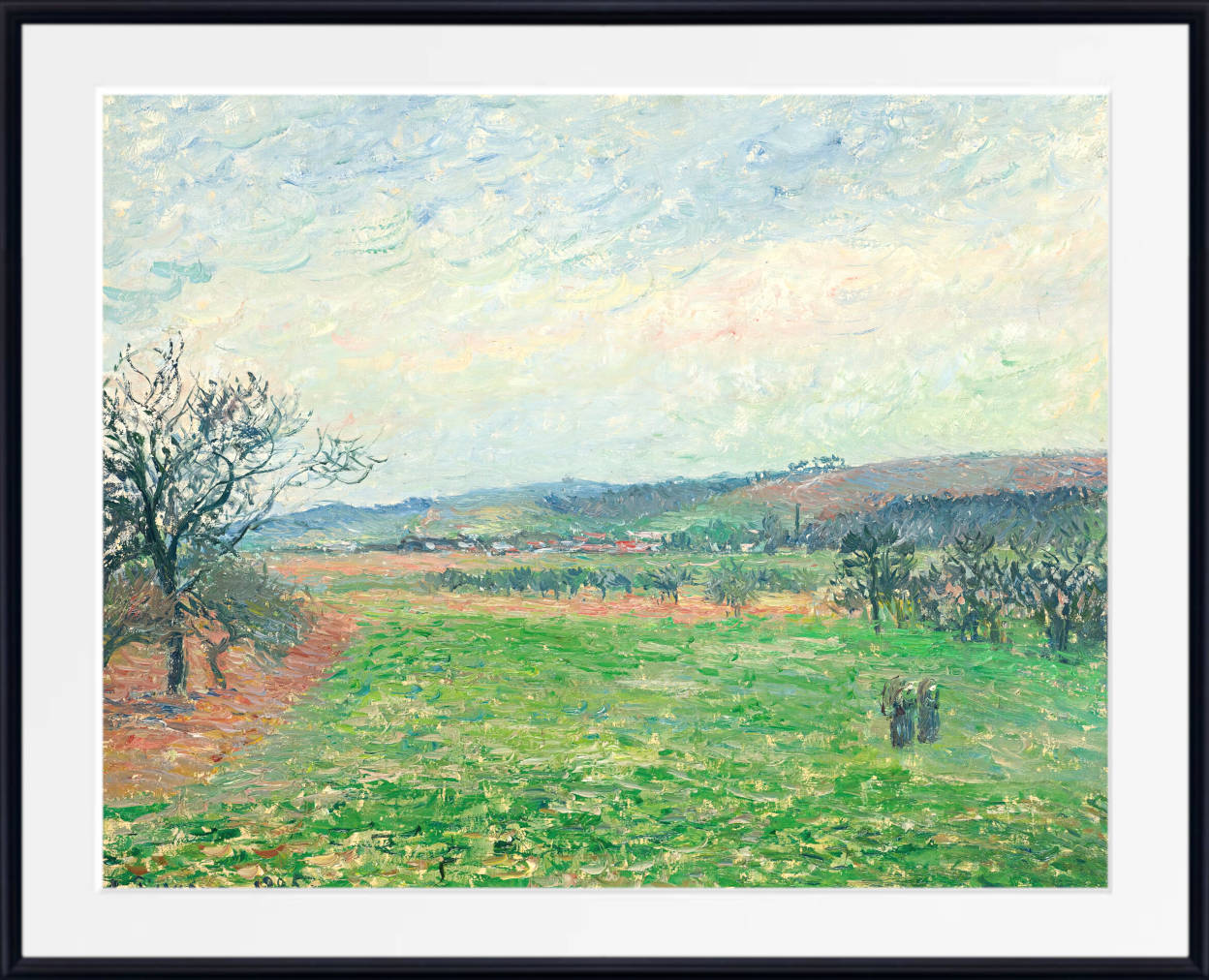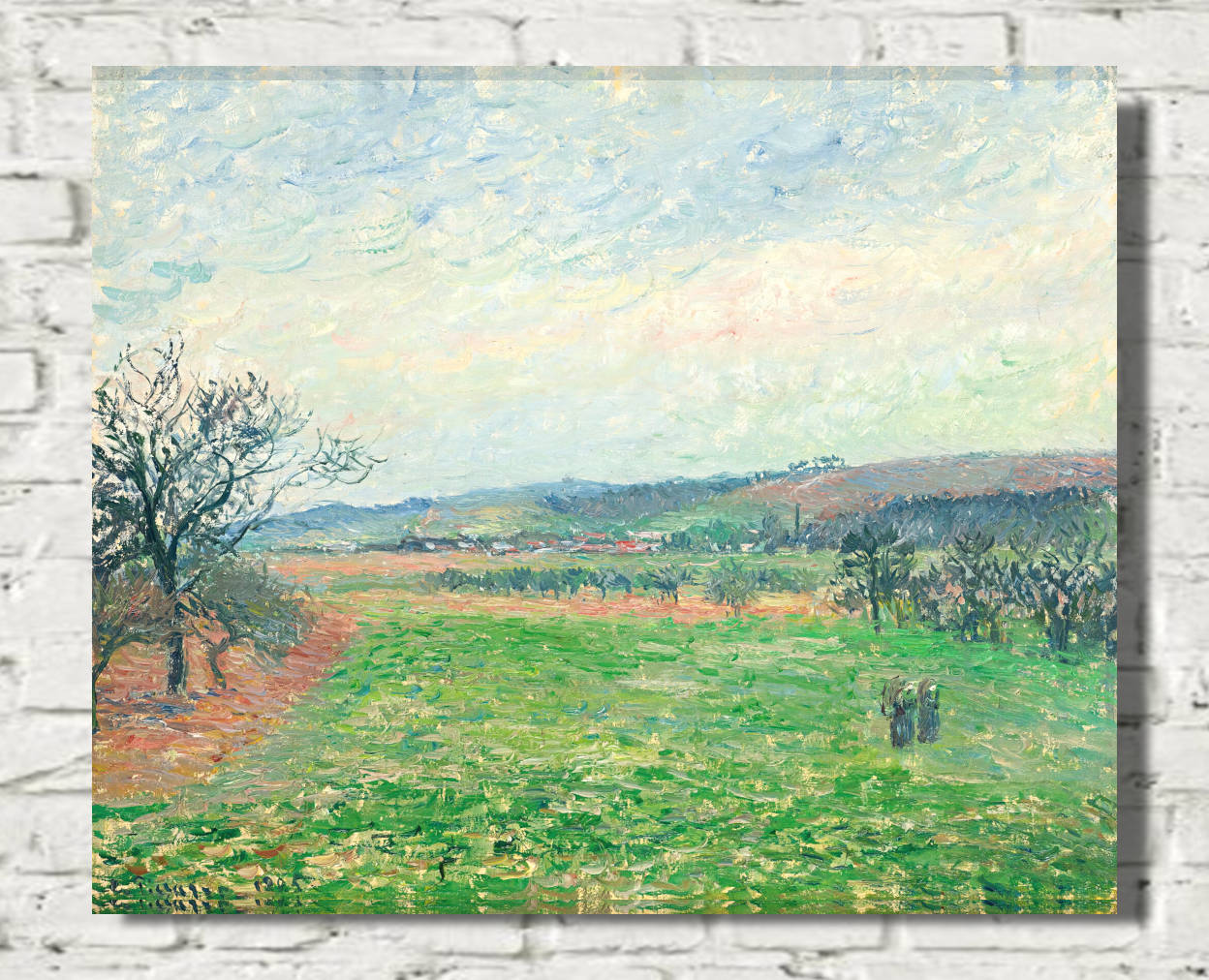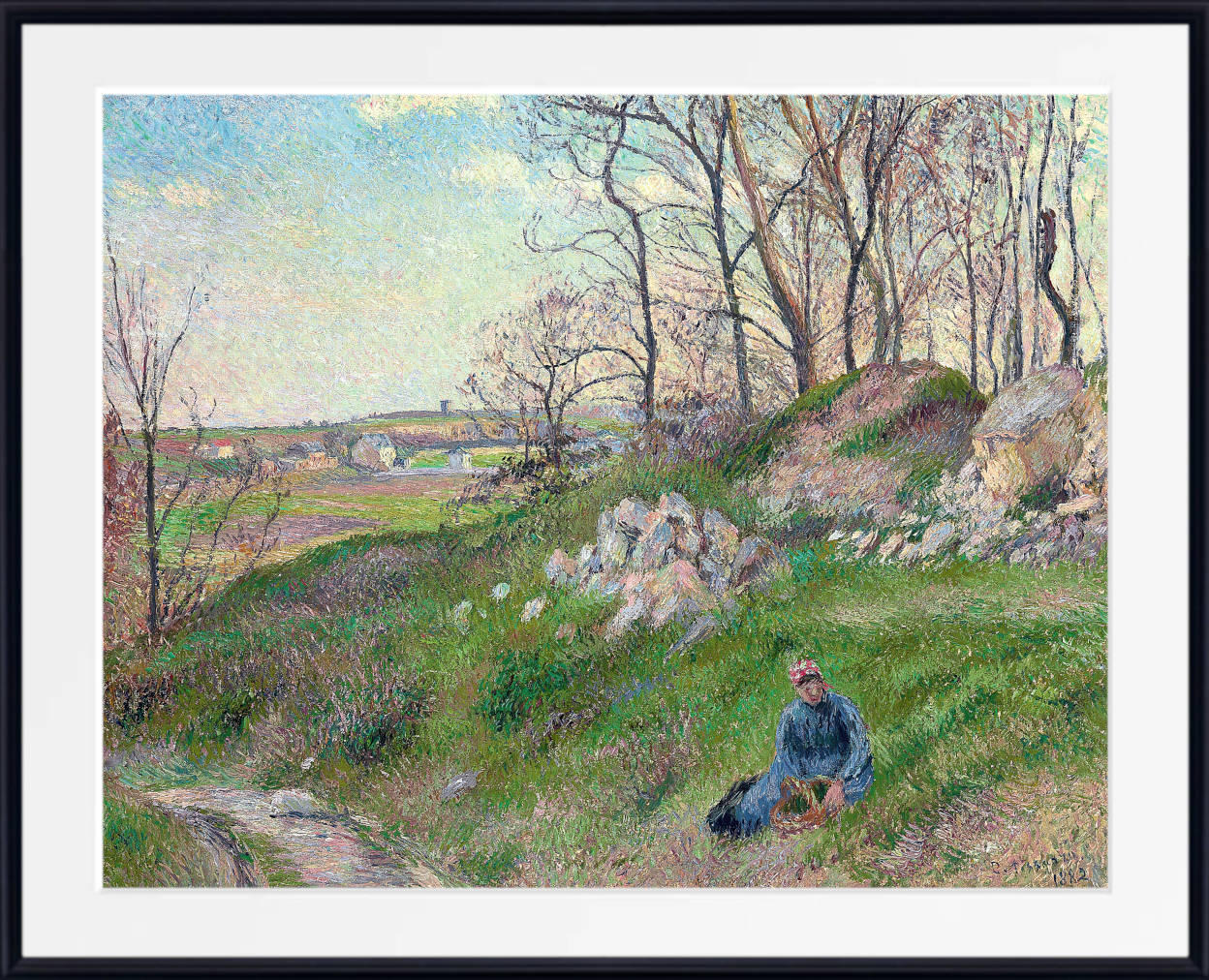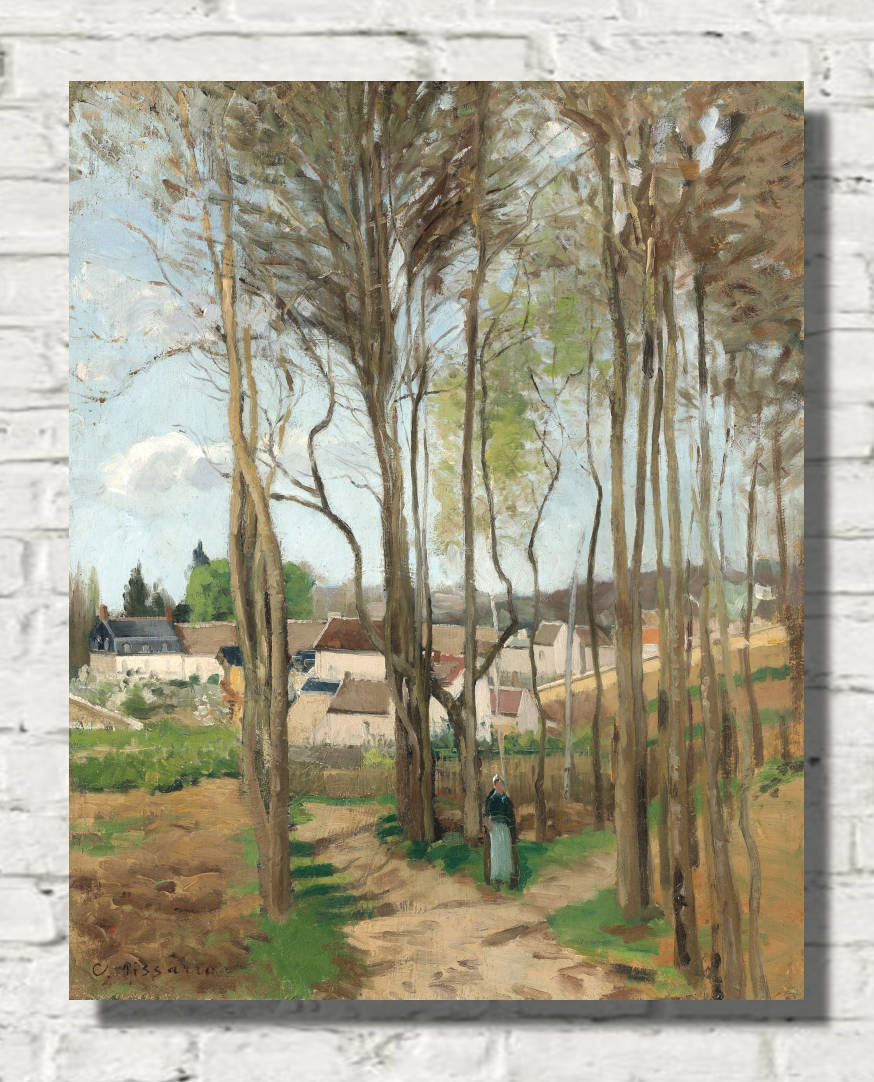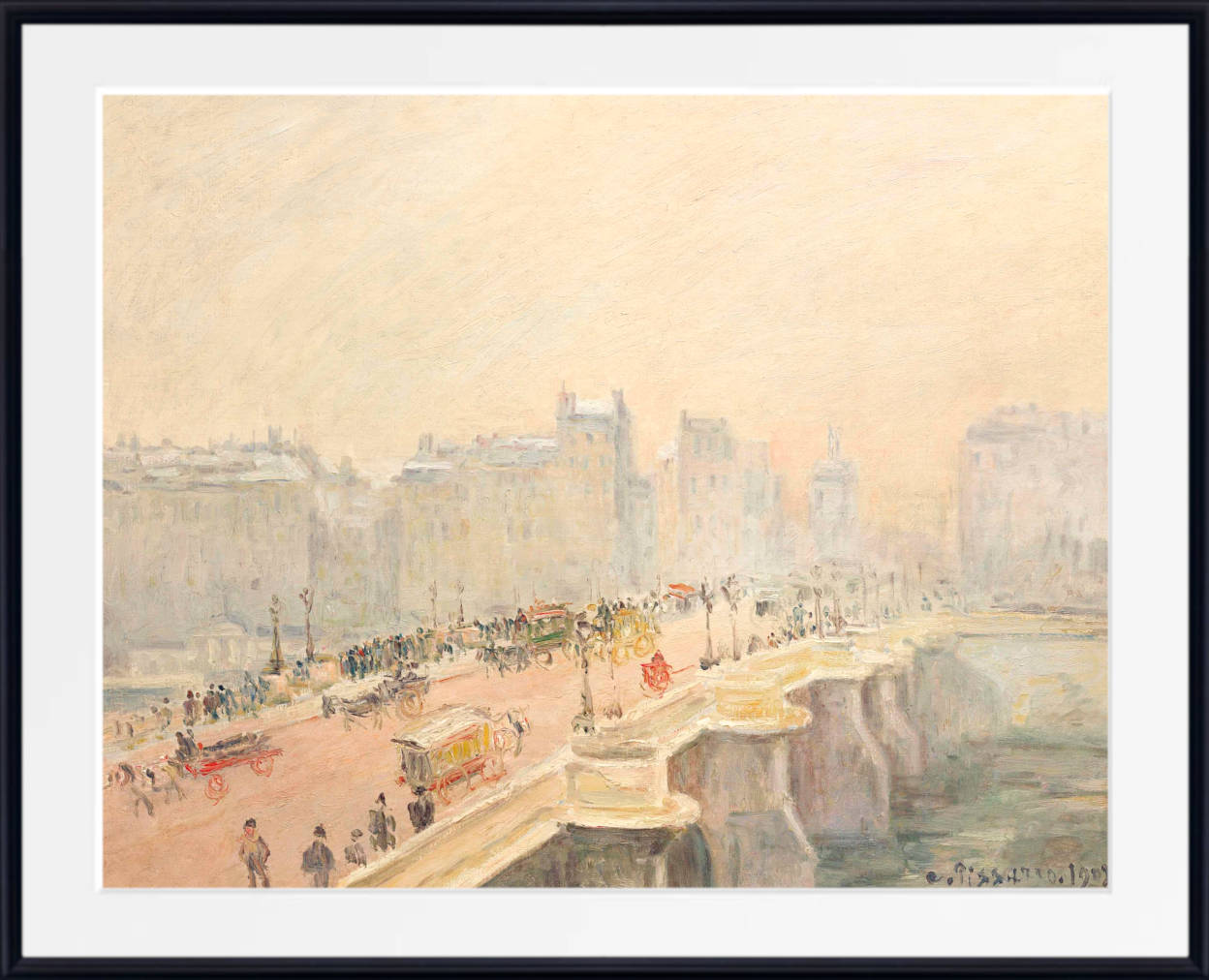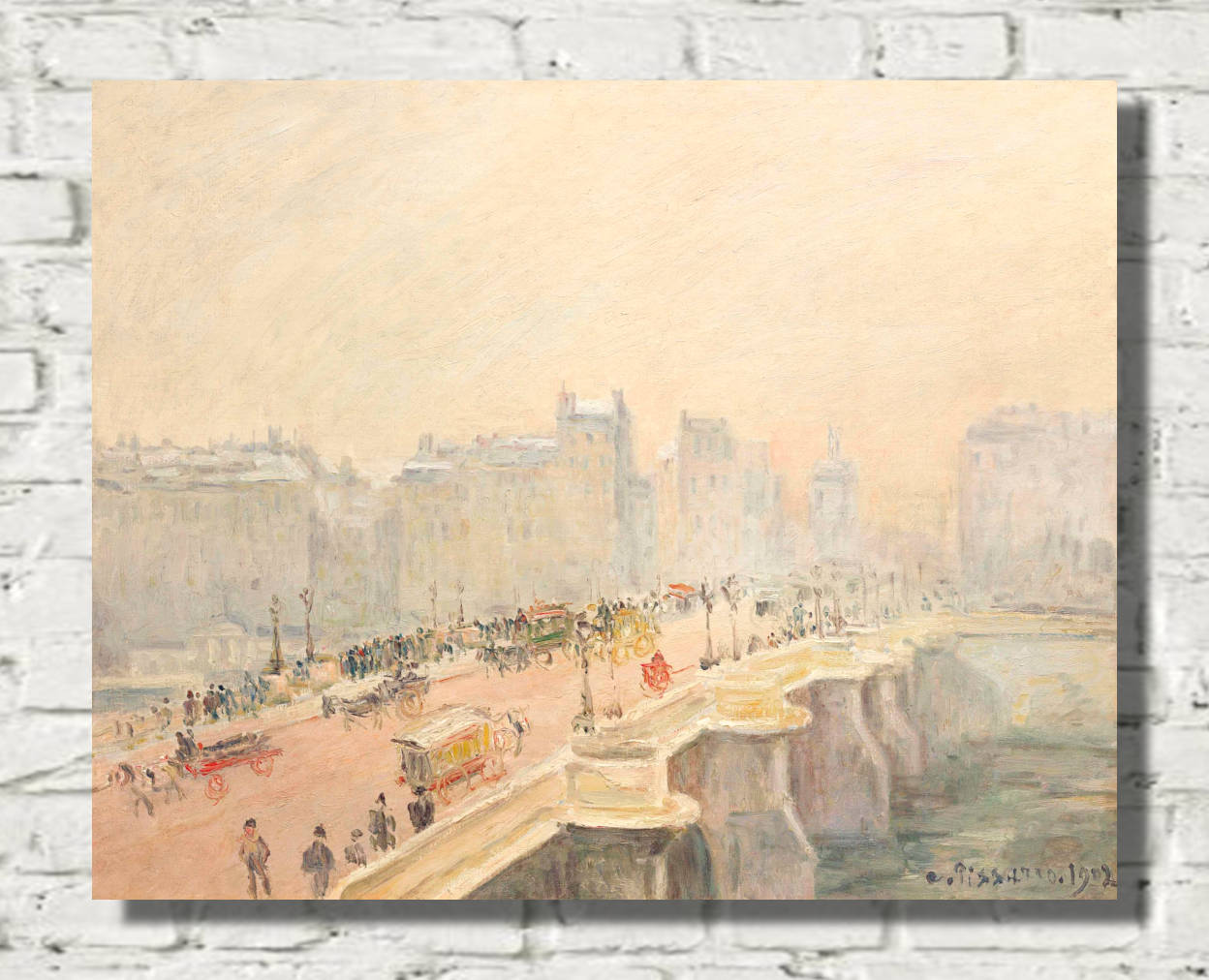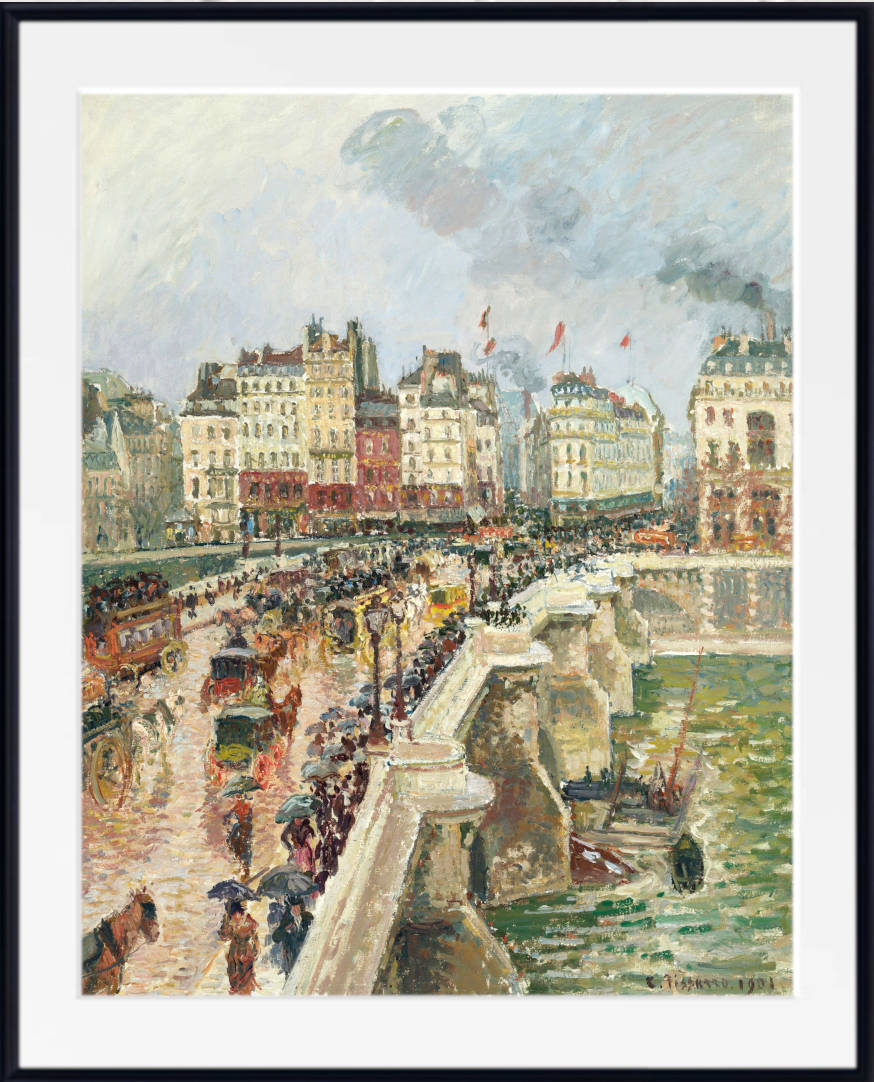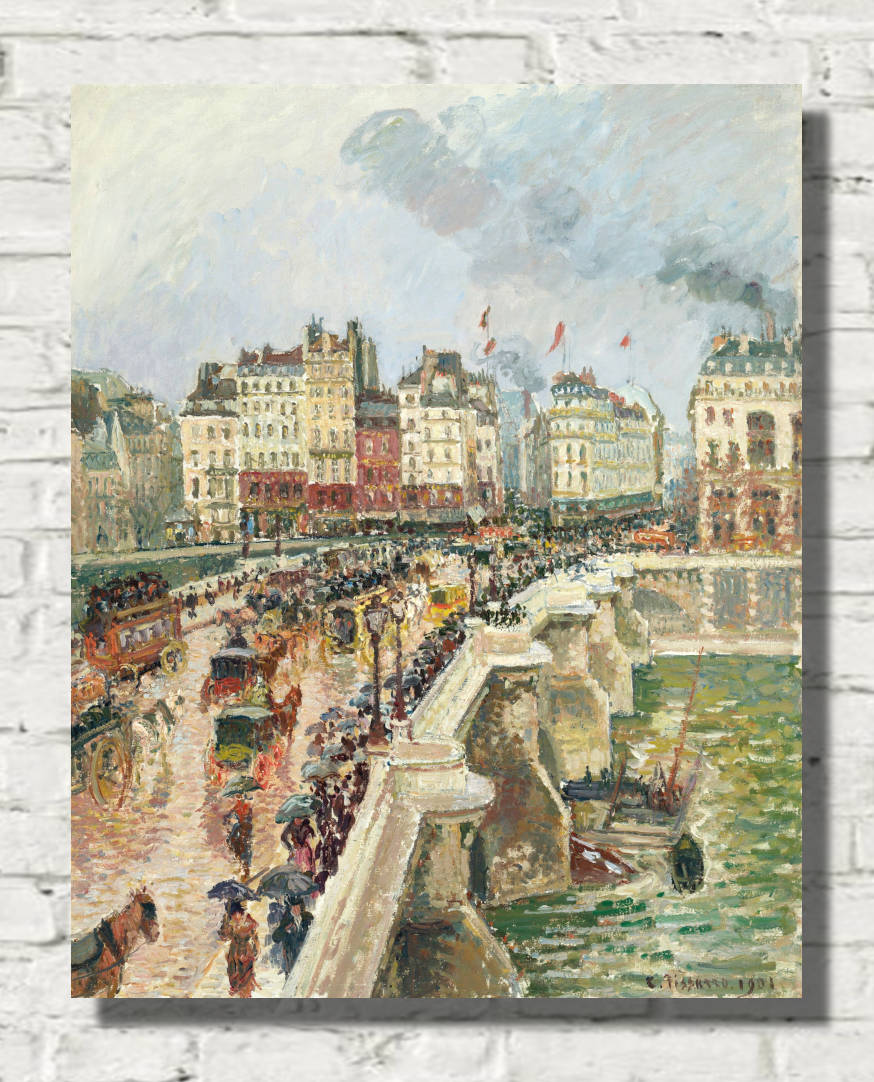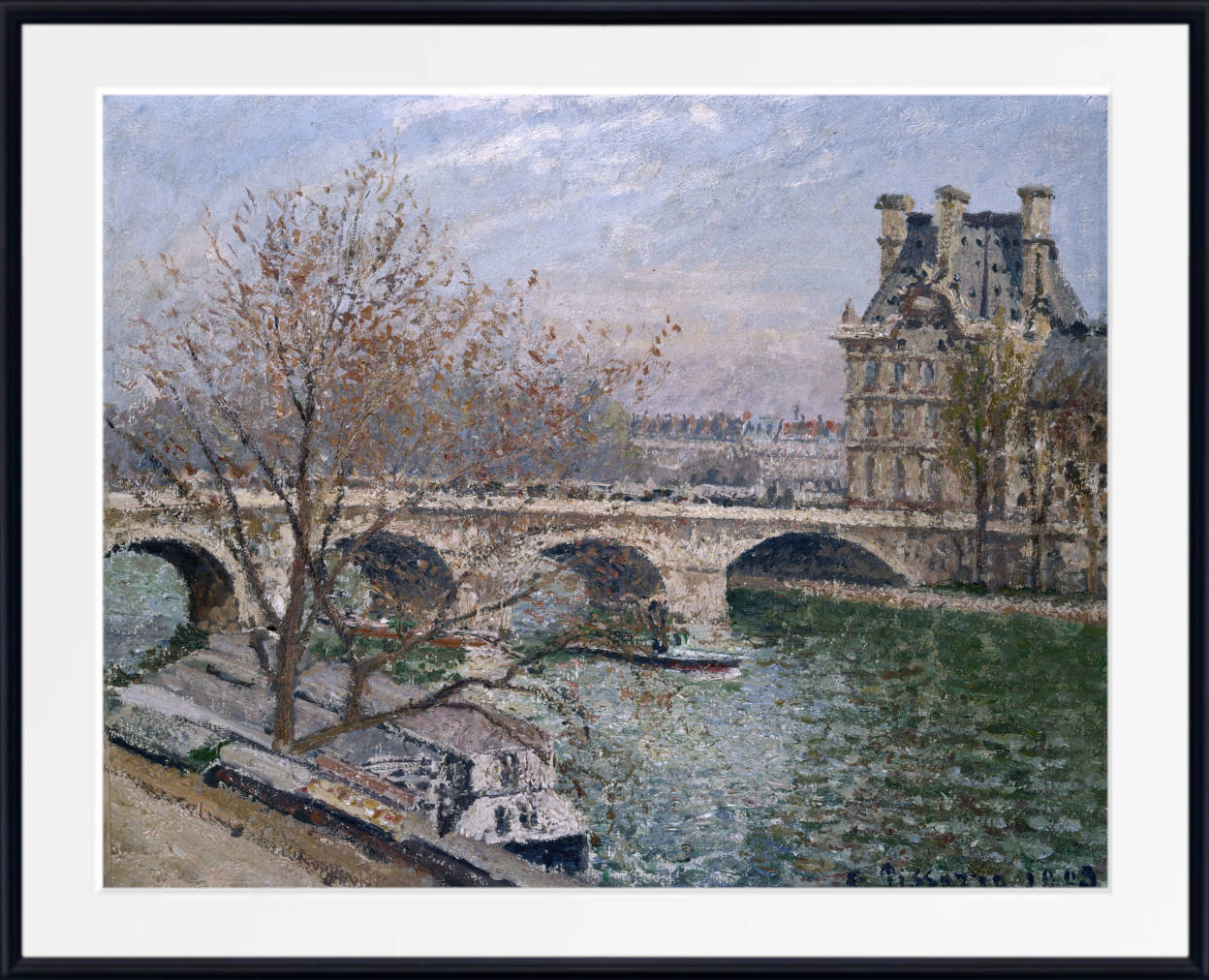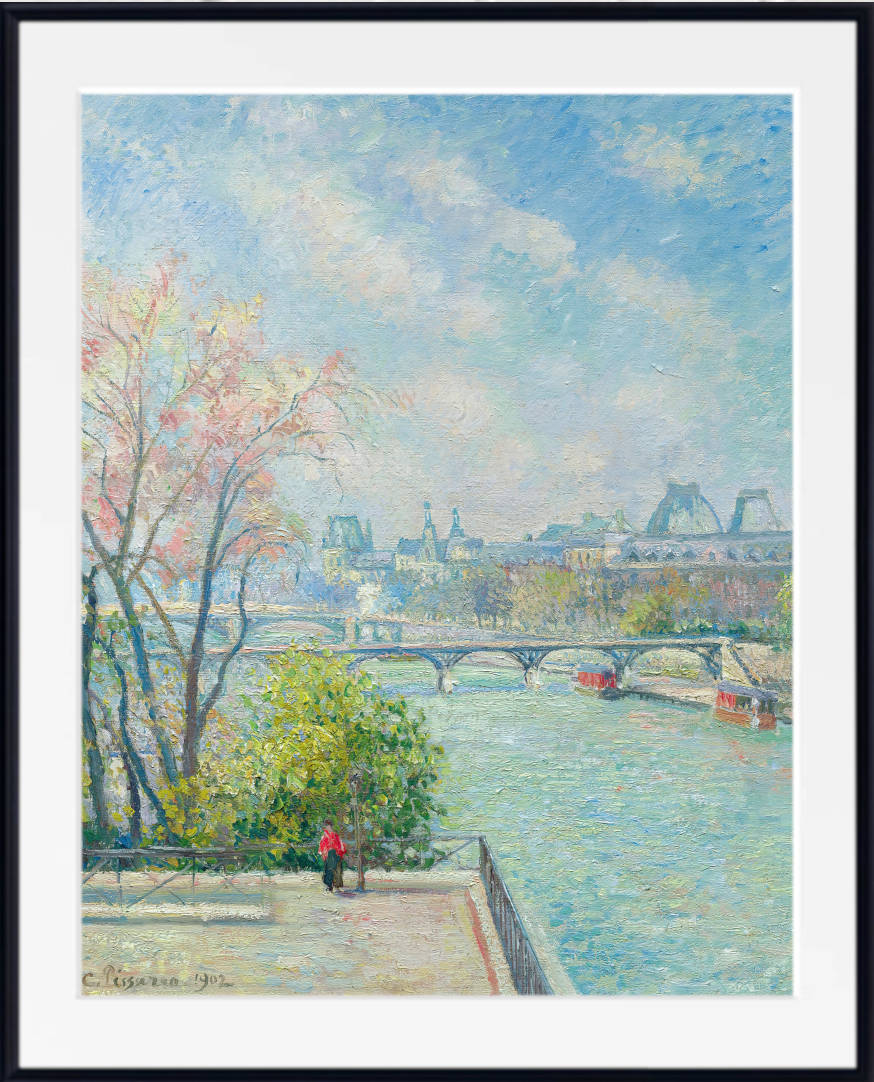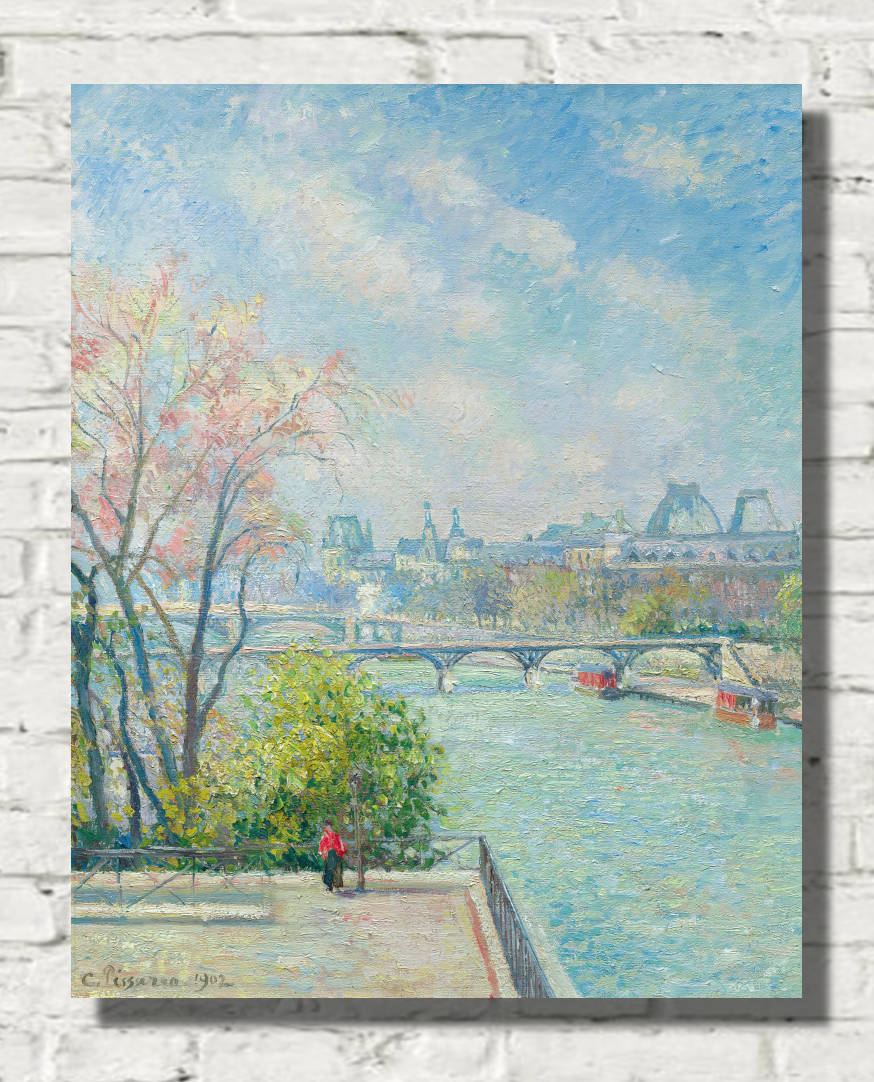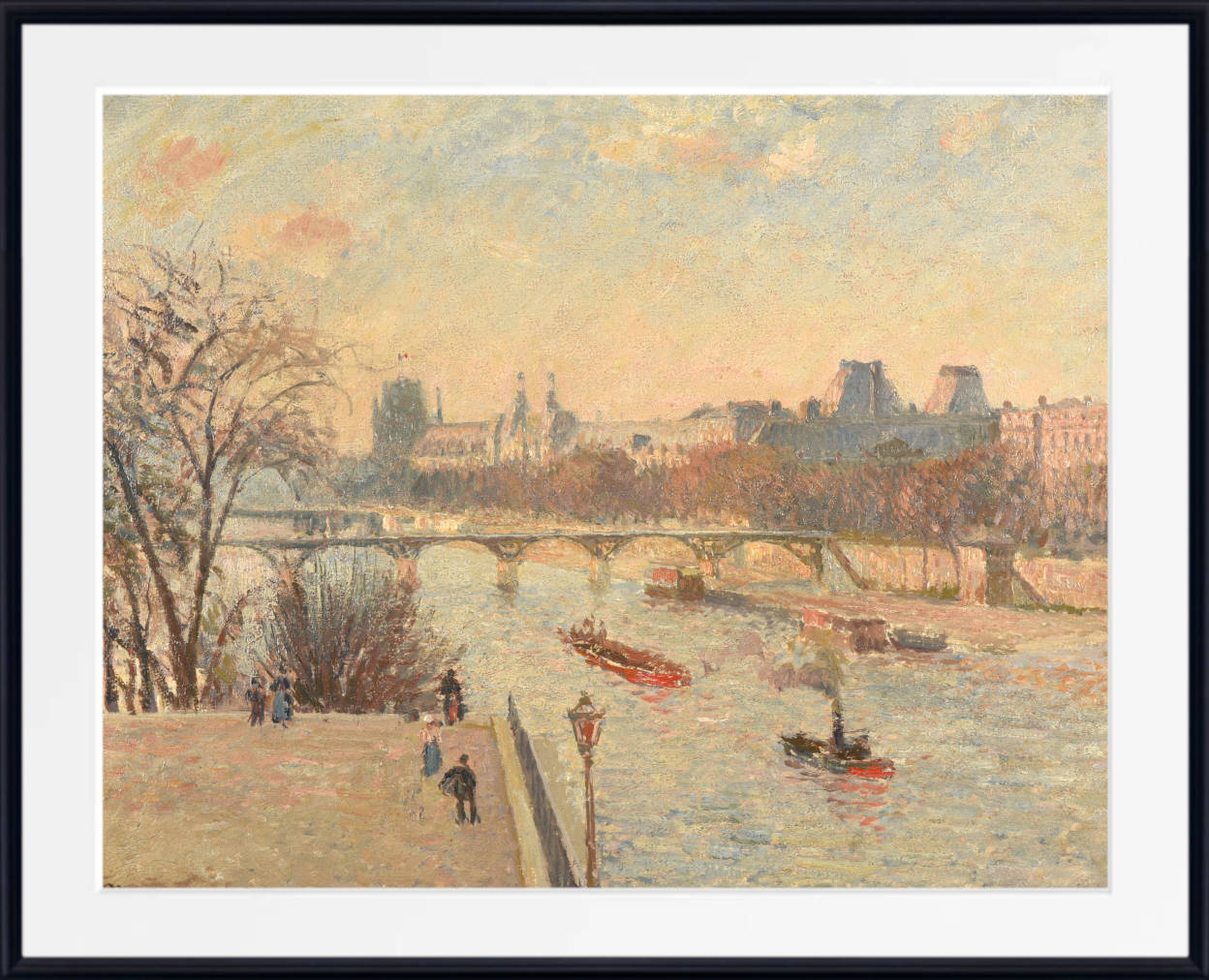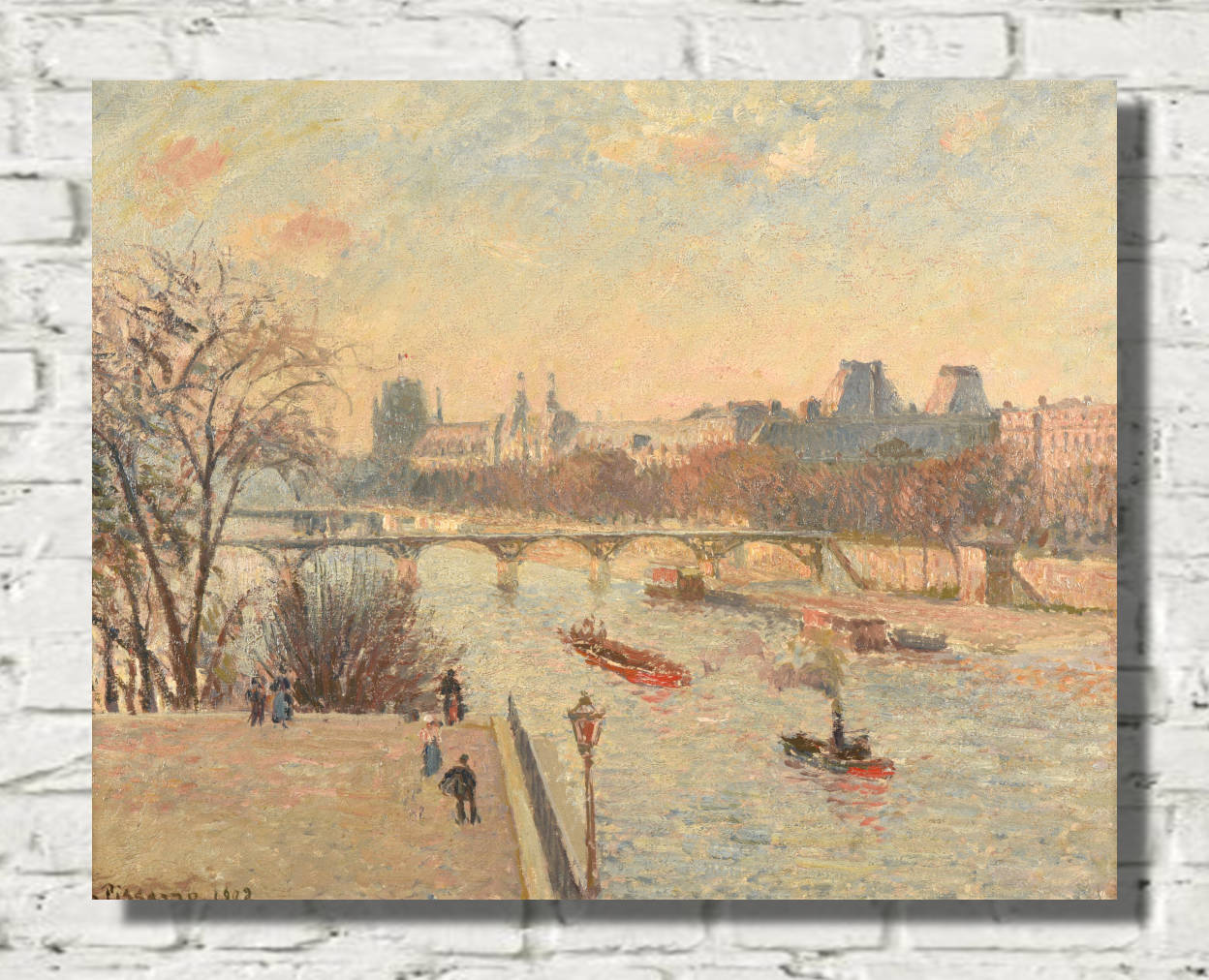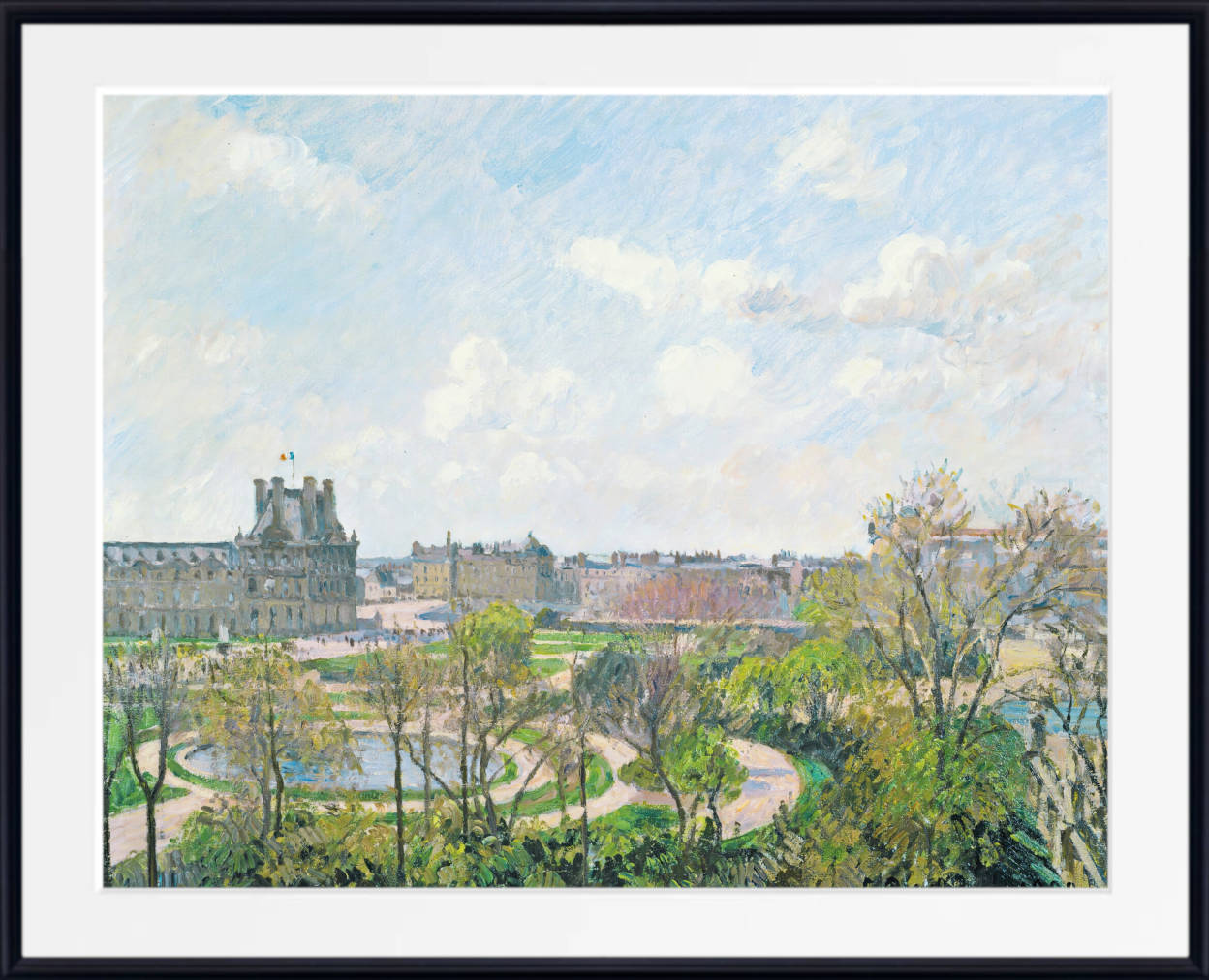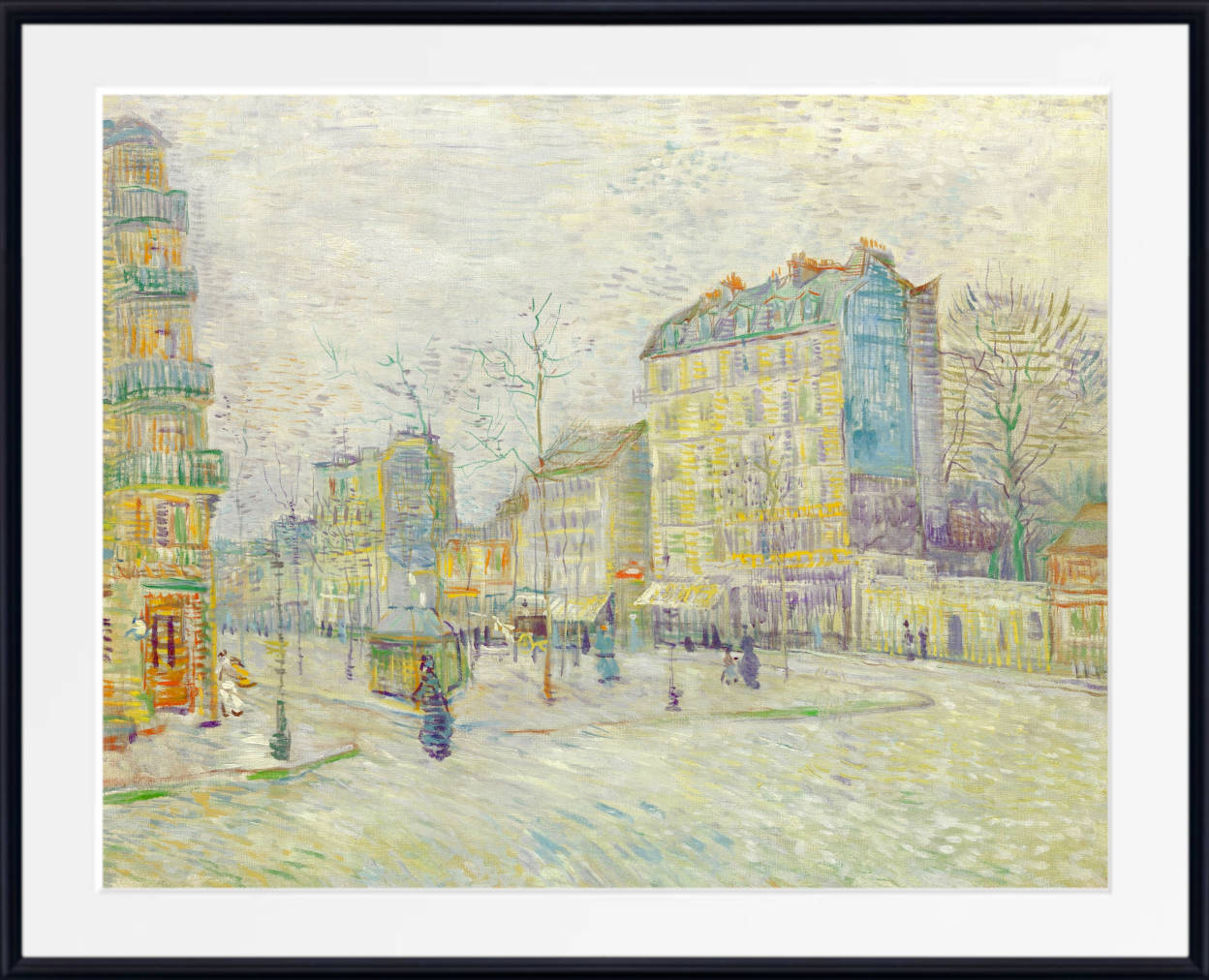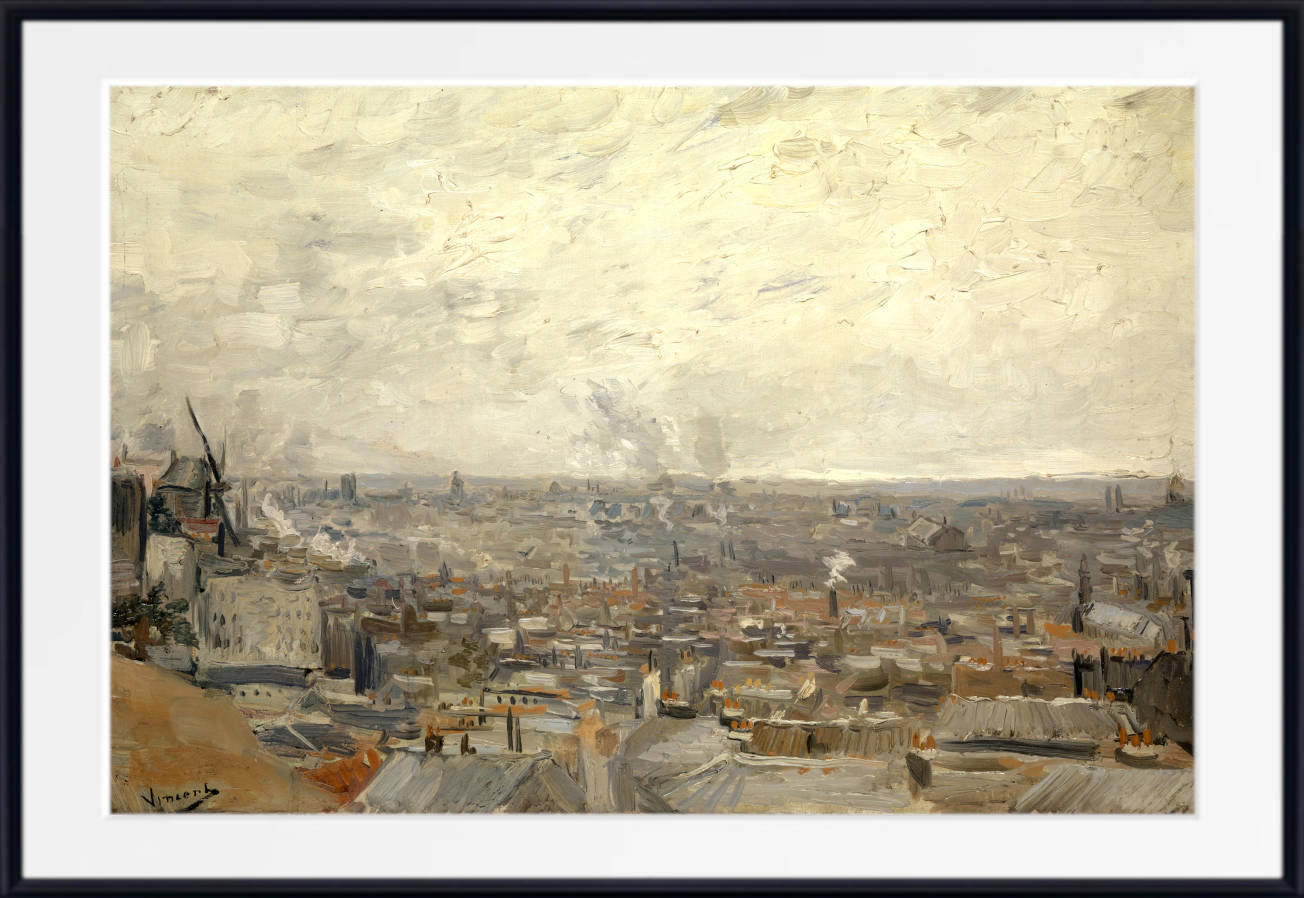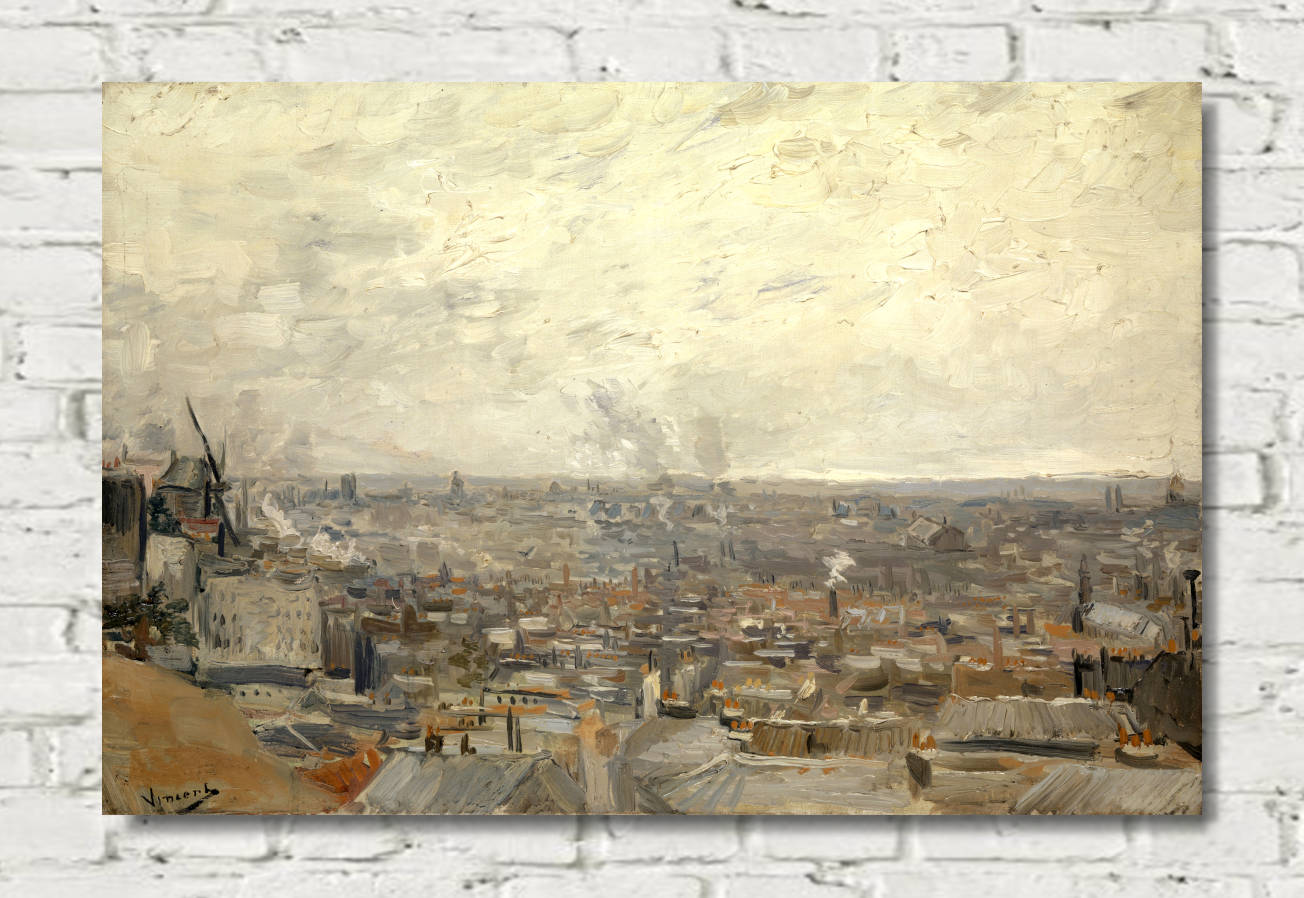The Seine, the lifeblood of Paris, has long been a source of inspiration for artists. In the late 19th and early 20th centuries, two artists in particular—Maximilien Luce and Luigi Loir—captured the essence of this iconic river with remarkable skill and insight. Their paintings offer a fascinating glimpse into the changing face of Paris and the role of the Seine in the city's daily life.
The Seine: Paris's Liquid Heart
Before delving into the works of Luce and Loir, it's essential to understand the significance of the Seine to Paris. This 777-kilometer river has been crucial to the city's development, serving as a major trade route, a natural defense, and a defining geographical feature. The Seine divides Paris into the Right Bank and Left Bank, each with its distinct character and charm.
Maximilien Luce: Neo-Impressionist Vision of the Seine
Maximilien Luce (1858-1941) was a French Neo-Impressionist artist known for his anarchist politics and his vibrant, pointillist-inspired paintings. His depictions of the Seine offer a unique perspective on the river and its surroundings.
Maximilien Luce, Barge on the banks of the Seine (1910)
The Working River
Luce's background as a working-class Parisian greatly influenced his art. Many of his Seine paintings focus on the industrial aspects of the river, depicting barges, dockworkers, and the bridges that span its waters. His 1936 work "Works on the Seine, at the Pont des Saints-Pères" is a prime example, showing construction work along the riverbank.
Maximilien Luce, Works on the Seine, at the Pont des Saints-Pères (1936)
Technique and Style
Luce's technique, inspired by Georges Seurat's pointillism but with a more expressive touch, lent itself well to capturing the shimmering surface of the Seine. He used small, distinct brushstrokes of pure color to create a vibrant, almost shimmering effect that beautifully rendered the play of light on water.
Changing Landscapes
Through Luce's paintings, we can observe the changing landscape of Paris. Works like "The Seine at Herblay" (1890) showcase the river as it flows through the suburbs, providing a contrast to his urban scenes and highlighting the Seine's journey beyond the city limits.
Luigi Loir: The Parisian Atmosphere
Luigi Loir (1845-1916), born in Austria but deeply associated with Paris, brought a different sensibility to his paintings of the Seine. Known as a master of the Parisian cityscape, Loir's river scenes are imbued with a sense of atmosphere and daily life that complements Luce's more industrial focus.
Luigi Loir, A Paris street fair on the banks of the Seine
Capturing the Mood
Loir's paintings often capture the Seine at different times of day and in varying weather conditions. His ability to render the misty mornings, golden afternoons, and twinkling evenings along the river contributed to his reputation as the "painter of Paris par excellence."
Luigi Loir: La guignette en bord de Seine
The Social Seine
While Luce often focused on workers, Loir's paintings frequently depict the Seine as a space for leisure and social interaction. Scenes of people strolling along the quays, fishing from the banks, or boating on the river are common in his work, reflecting the river's role in Parisian social life.
Architectural Details
Loir's training as a set designer is evident in his meticulous rendering of architectural details. His paintings of the Seine often showcase the bridges, buildings, and monuments along its banks with great accuracy, providing valuable historical documentation of late 19th-century Paris.
Comparative Analysis: Luce and Loir
While both artists painted the Seine extensively, their approaches and focuses differed in several key ways:
Subject Matter
Luce tended to focus more on the working aspects of the river—the industry, the labor, the functionality of the Seine as a working waterway. Loir, on the other hand, more often depicted the river as a backdrop for Parisian life, emphasizing its aesthetic and social roles.
Technique
Luce's Neo-Impressionist technique, with its distinct brushstrokes and vibrant color juxtapositions, created a more dynamic, almost vibrating surface. Loir's more traditional approach resulted in smoother, more atmospheric renderings that emphasized mood and overall impression.
Perspective
Luce often painted scenes that placed the viewer close to the action, whether on the banks of the river or seemingly on a barge itself. Loir frequently chose wider views, showcasing the Seine as part of the larger Parisian landscape.
Luigi Loir: The Pont d'Alma at Twilight
The Seine's Bridges: A Shared Fascination
Both Luce and Loir were drawn to the bridges spanning the Seine, though they approached them differently. Luce's paintings often show bridges under construction or as feats of engineering, emphasizing their structure and the labor involved in their creation. Loir tended to depict bridges as elegant architectural features, integral to the romantic Parisian cityscape.
Maximilien Luce, The Pont-Neuf, the Seine, Petit Bras (1900)
Seasonal Changes
The changing seasons along the Seine fascinated both artists. Luce's "The Seine at Herblay, Snow" (1890) shows the river in winter, with its banks dusted in snow, while Loir's autumnal scenes capture the golden light and falling leaves along the quays.
Legacy and Influence
The Seine paintings of Maximilien Luce and Luigi Loir continue to be celebrated for their artistic merit and historical value. They offer viewers a nuanced understanding of late 19th and early 20th century Paris, documenting not just the physical appearance of the river and its surroundings, but also its central role in the life of the city.
Historical Documentation
These artworks serve as valuable historical documents, recording the changing face of Paris during a period of rapid industrialization and urban development. They show us how the Seine looked before many modern alterations, preserving a vision of the river that might otherwise be lost to time.
Artistic Influence
The different approaches of Luce and Loir to painting the Seine influenced subsequent generations of artists. Luce's vibrant, socially conscious depictions paved the way for later 20th-century realist painters, while Loir's atmospheric cityscapes influenced the development of urban landscape painting.
Conclusion
The Seine, as seen through the eyes of Maximilien Luce and Luigi Loir, emerges as more than just a river—it is a living, breathing part of Paris, central to the city's identity and daily life. Their paintings, with their distinct styles and focuses, offer complementary views of this iconic waterway.
Luce's vibrant, socially conscious works remind us of the Seine's role as a working river, a place of industry and labor. Loir's atmospheric scenes evoke the romantic Paris of popular imagination, with the Seine as a backdrop for leisure and social interaction. Together, their works provide a comprehensive and nuanced portrait of the river in all its aspects.
As we view these paintings today, we are transported back to a Paris on the cusp of modernity, where the timeless flow of the Seine witnessed the city's transformation. Through the artistry of Luce and Loir, we gain not just a visual record of the past, but a deeper appreciation for the enduring allure of the Seine and its central place in the heart of Paris.
Related Articles
Images of Paris
Luigi Loir
Maximilien Luce












